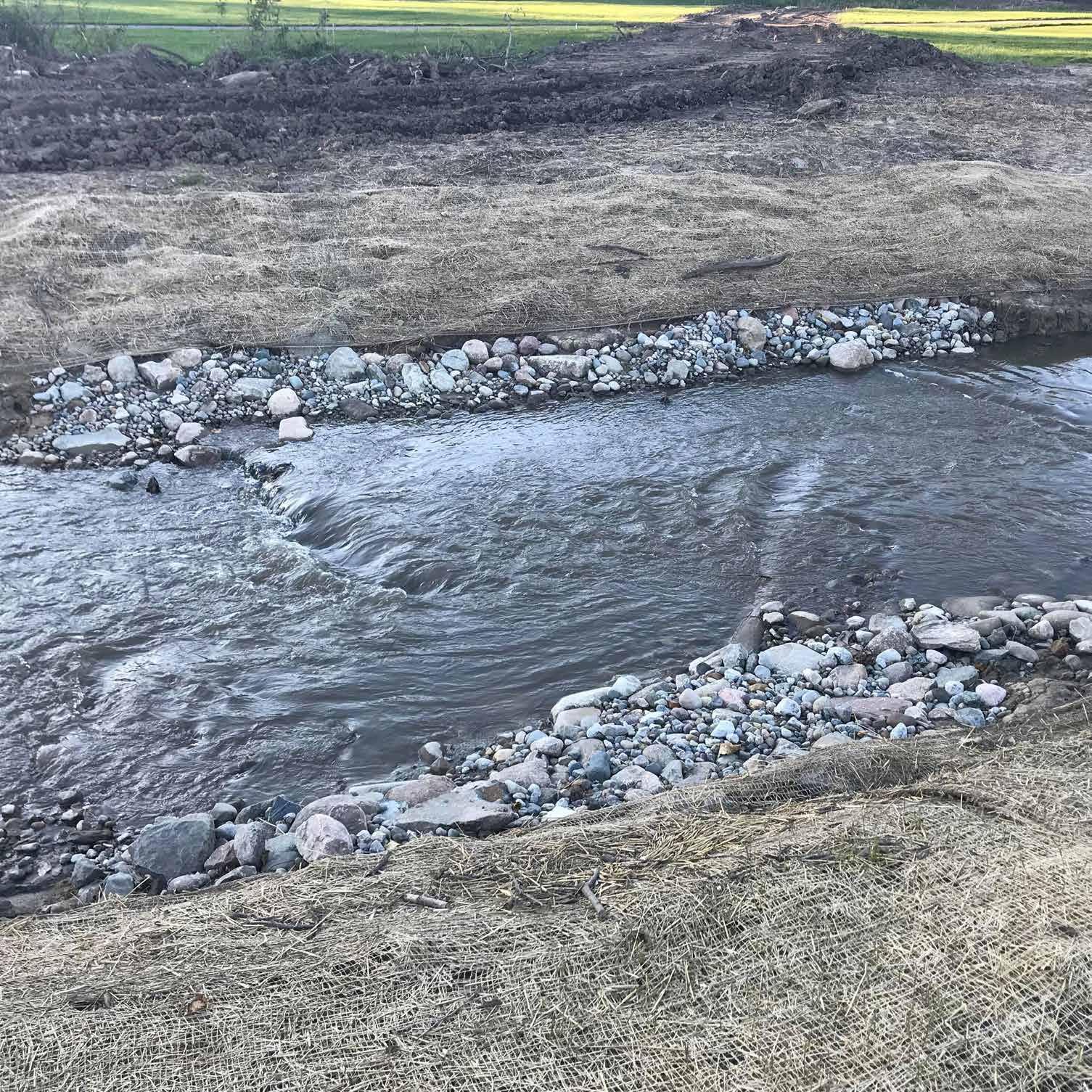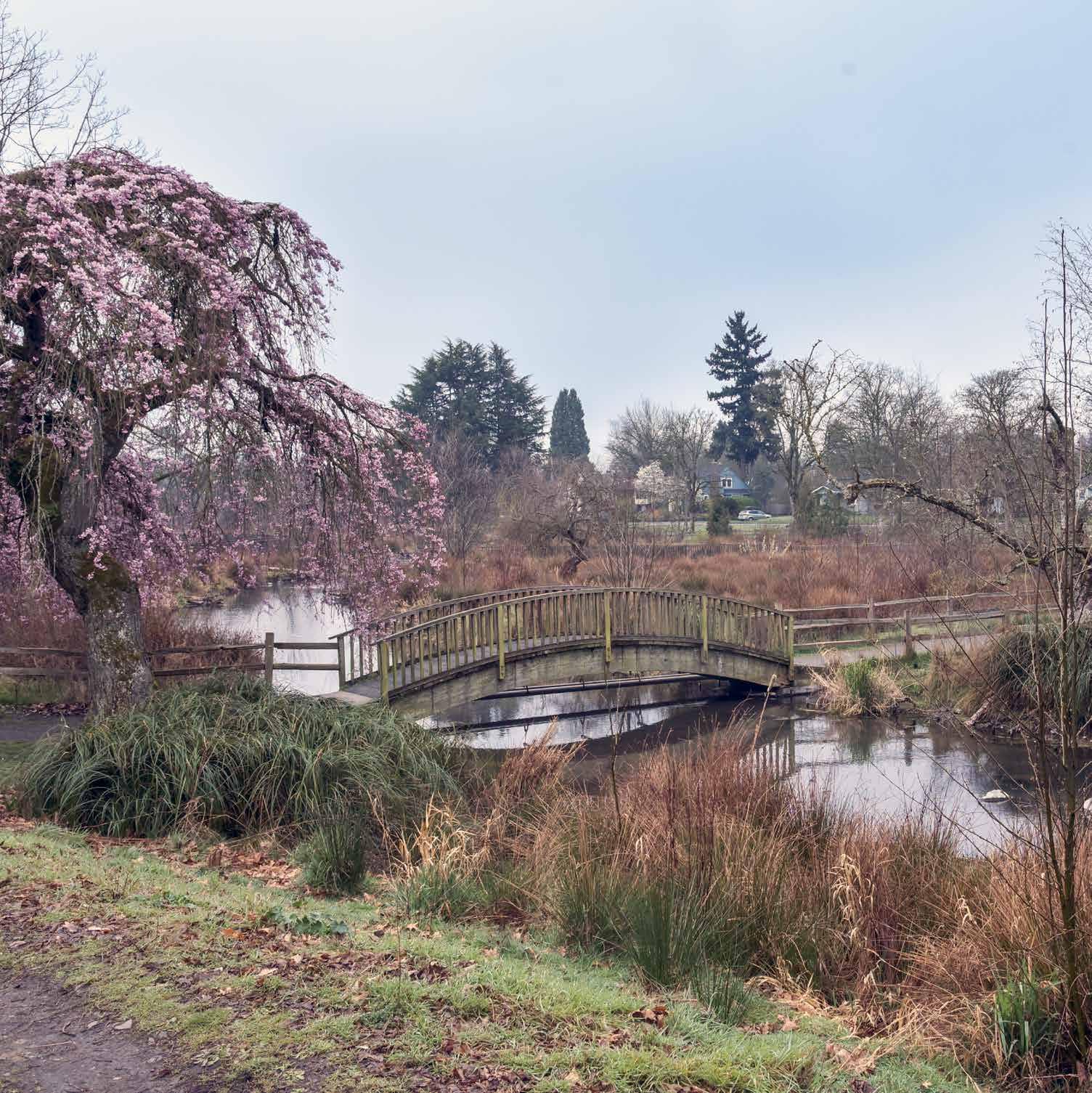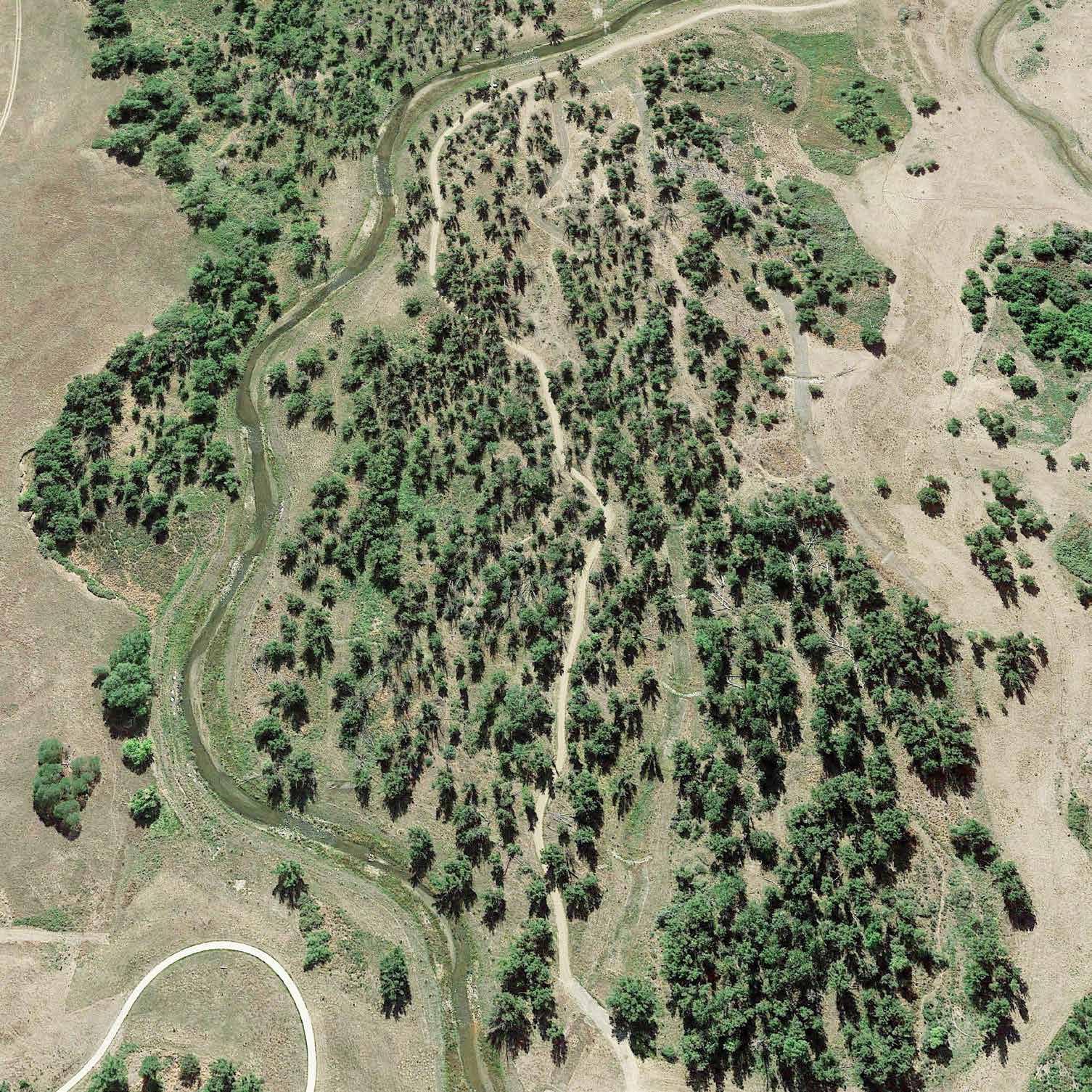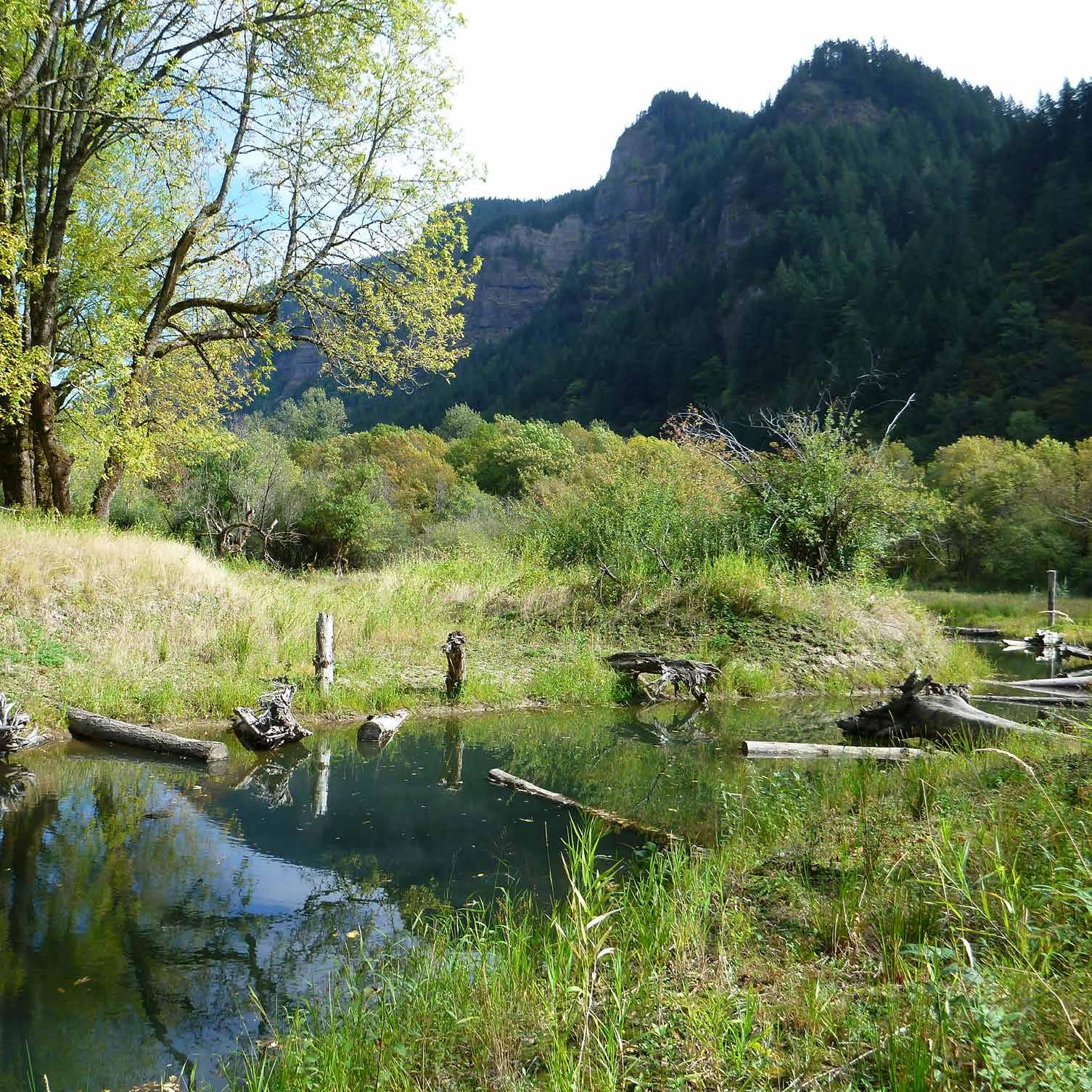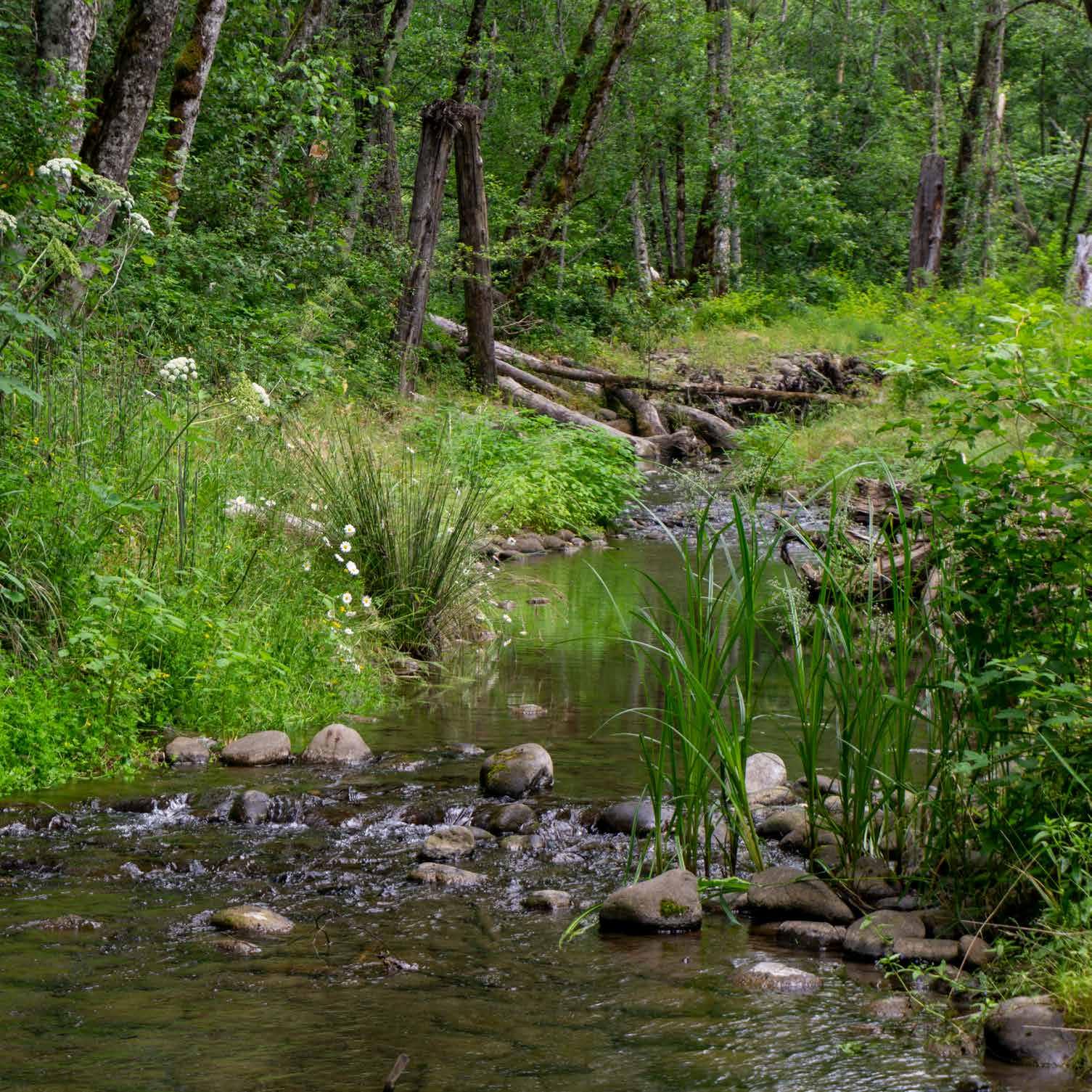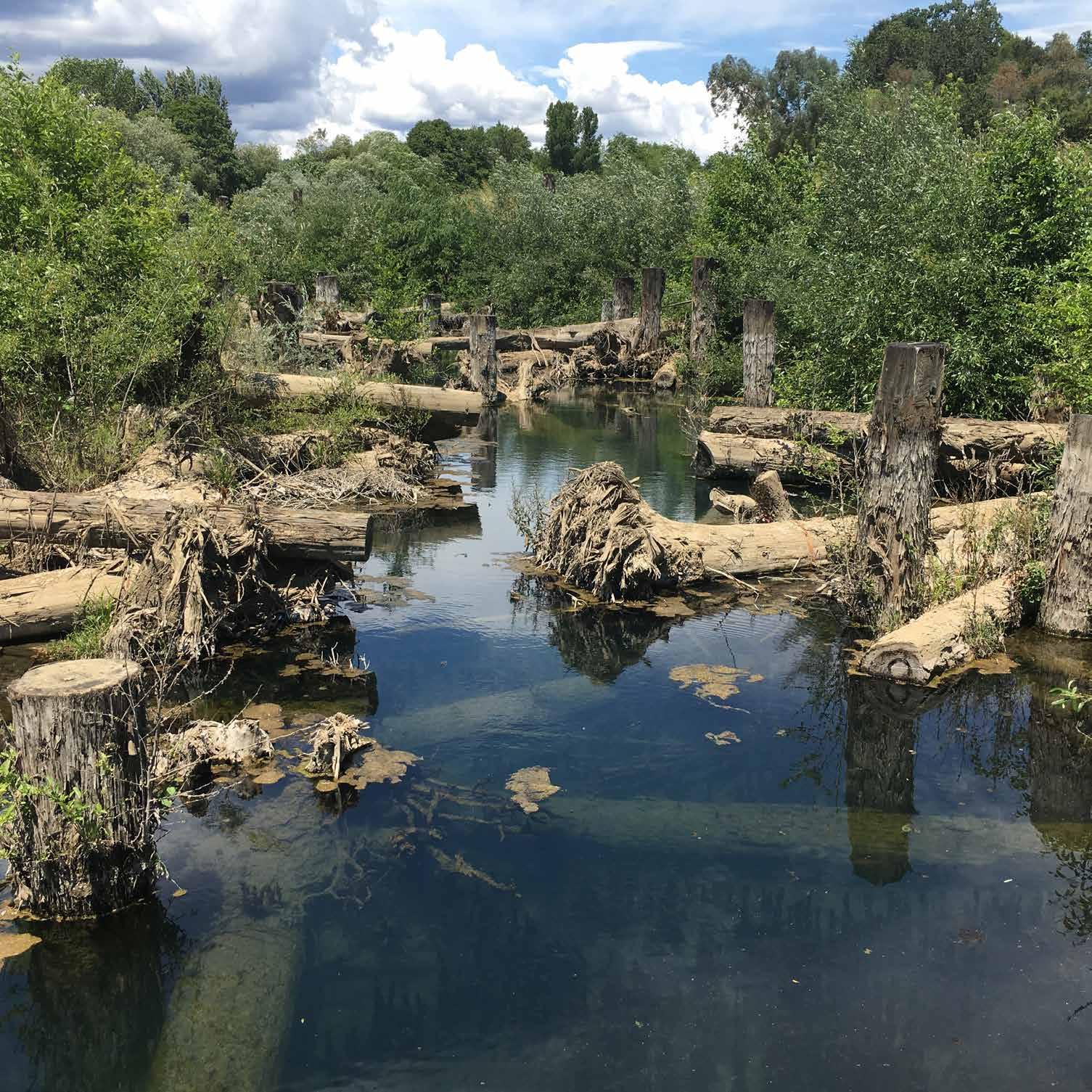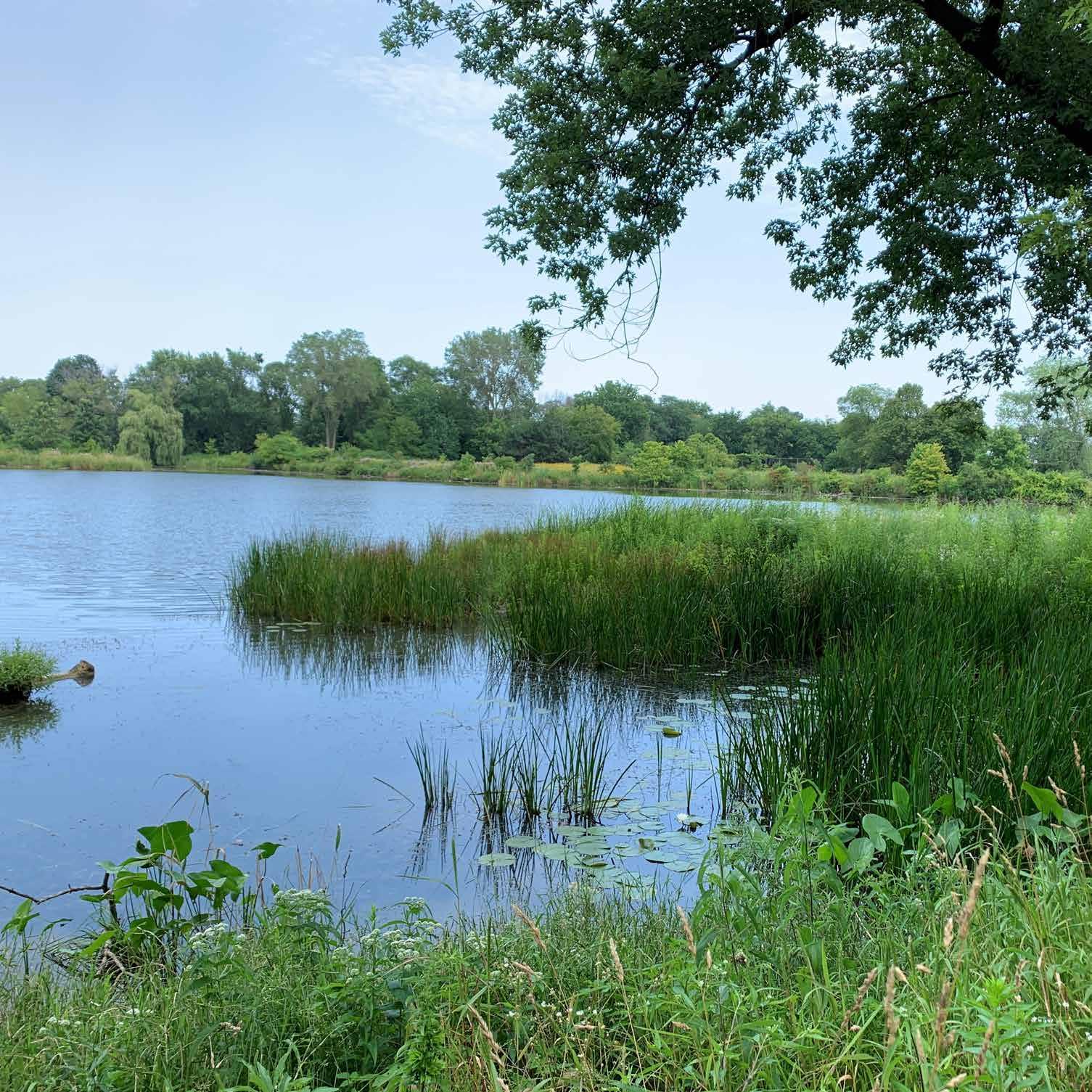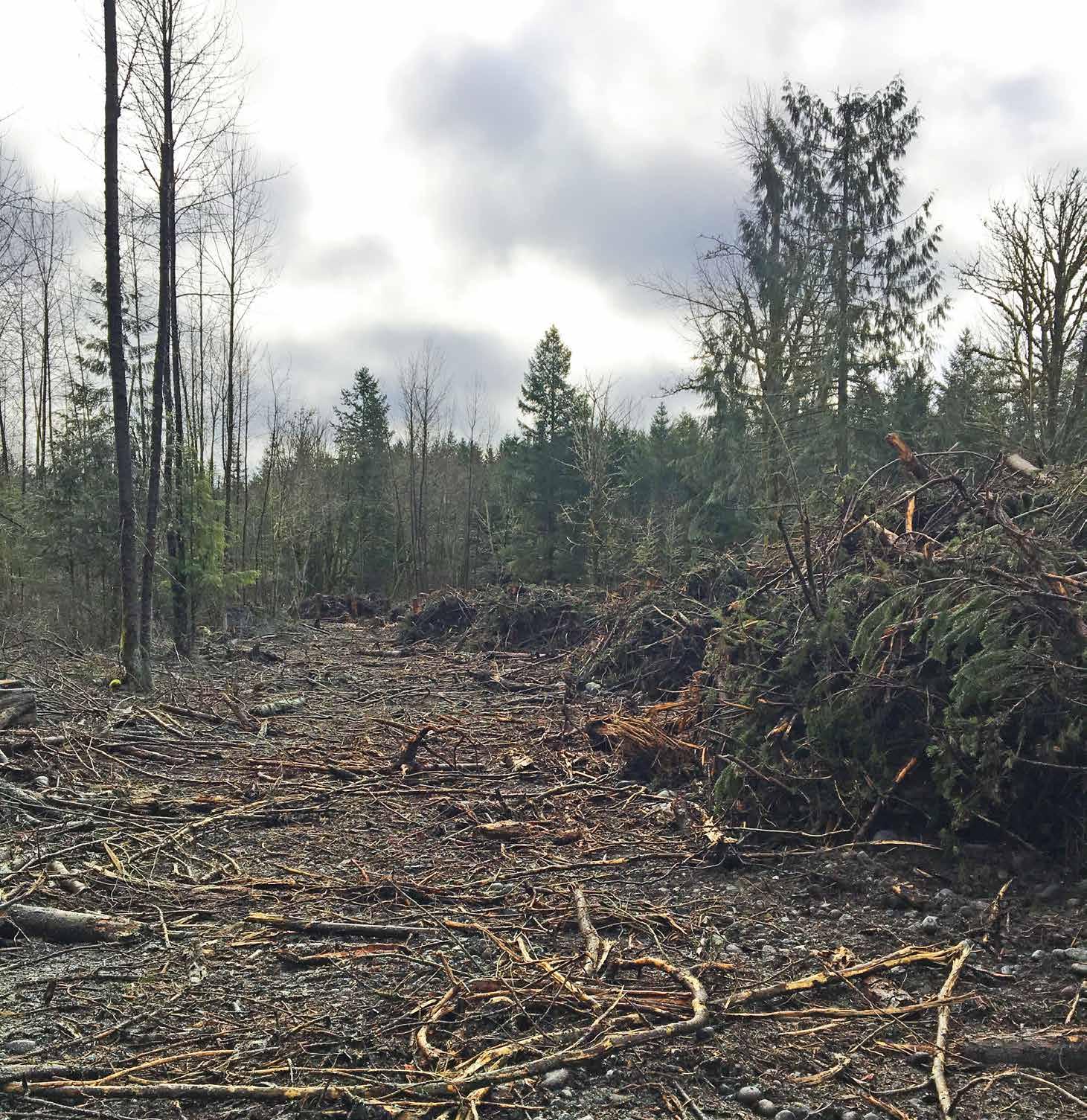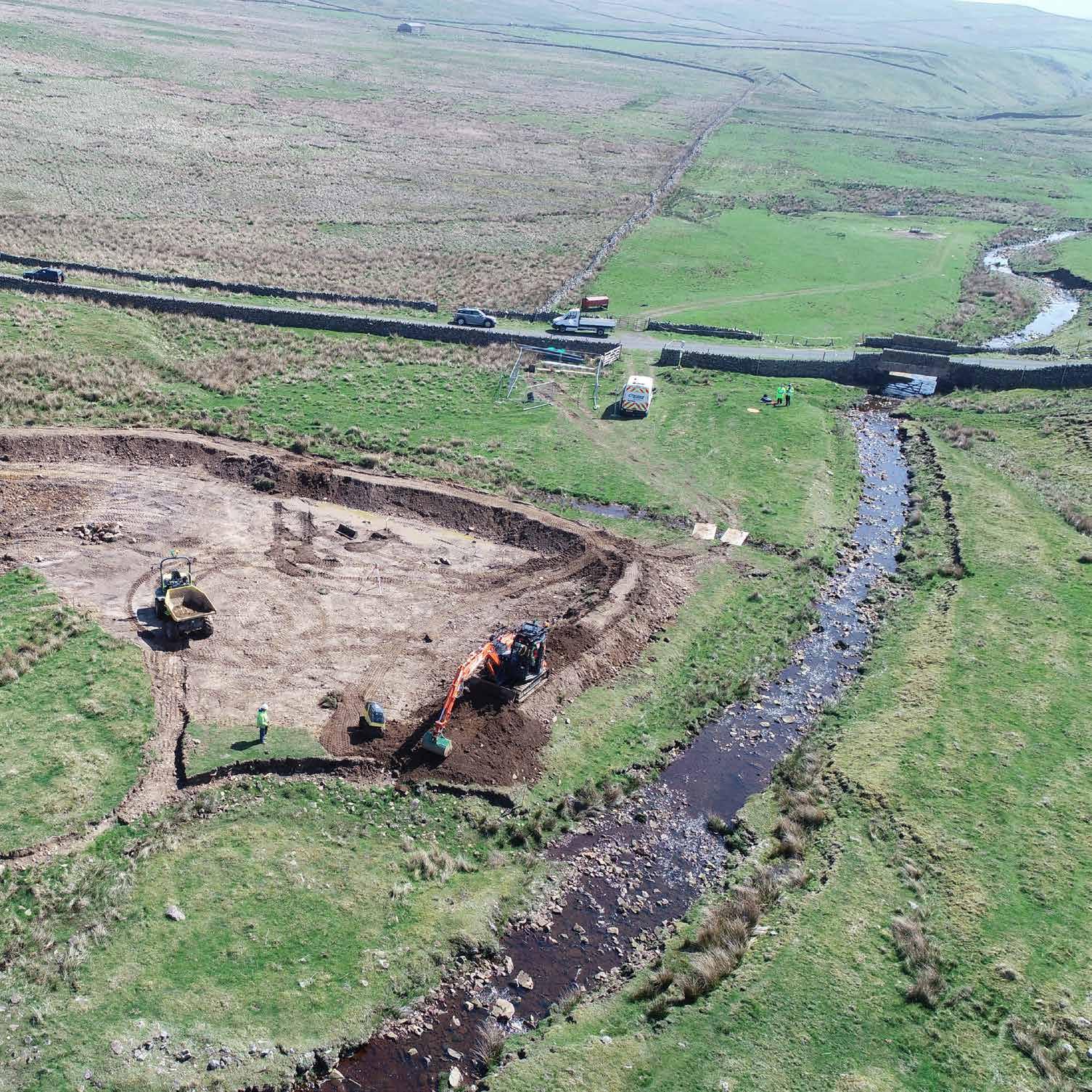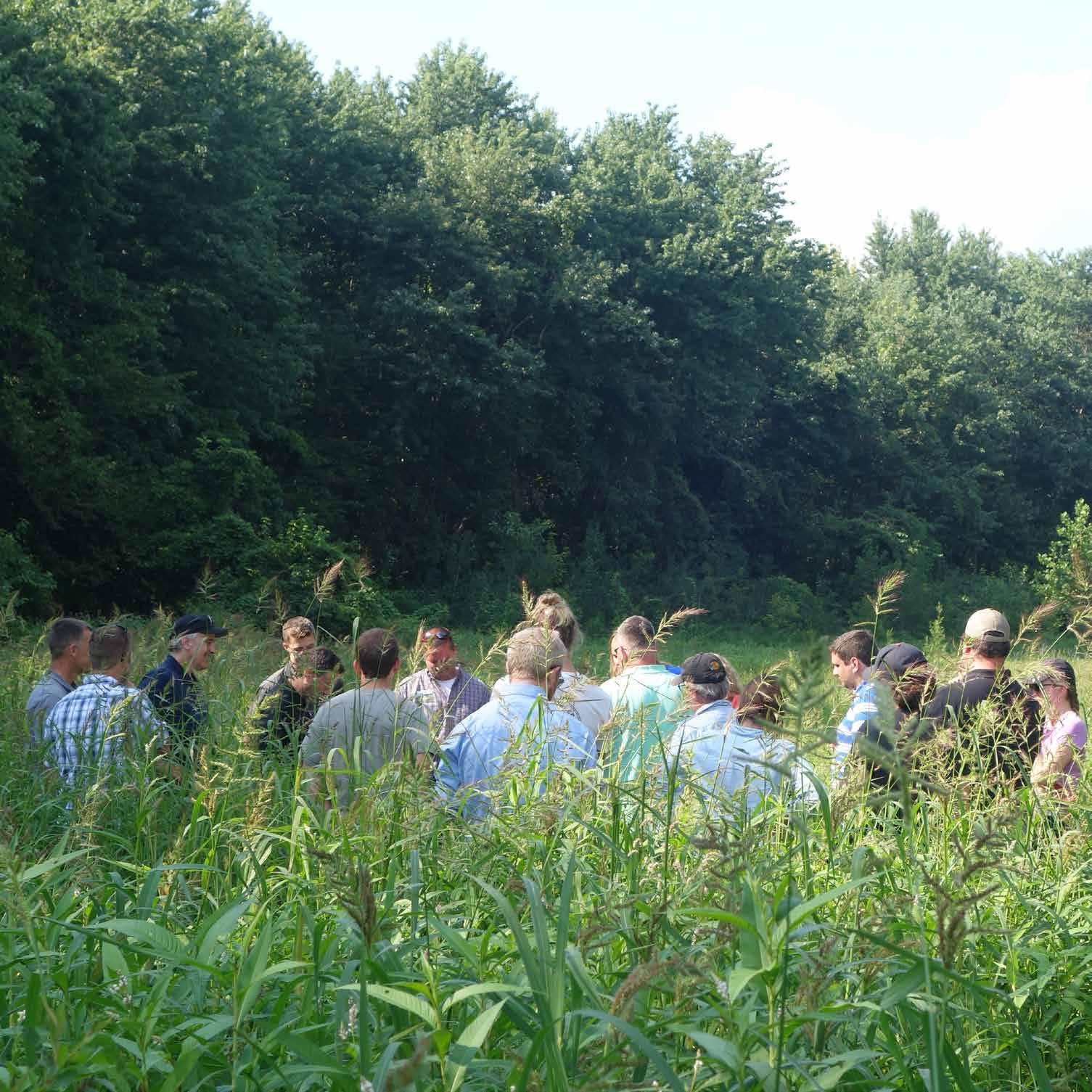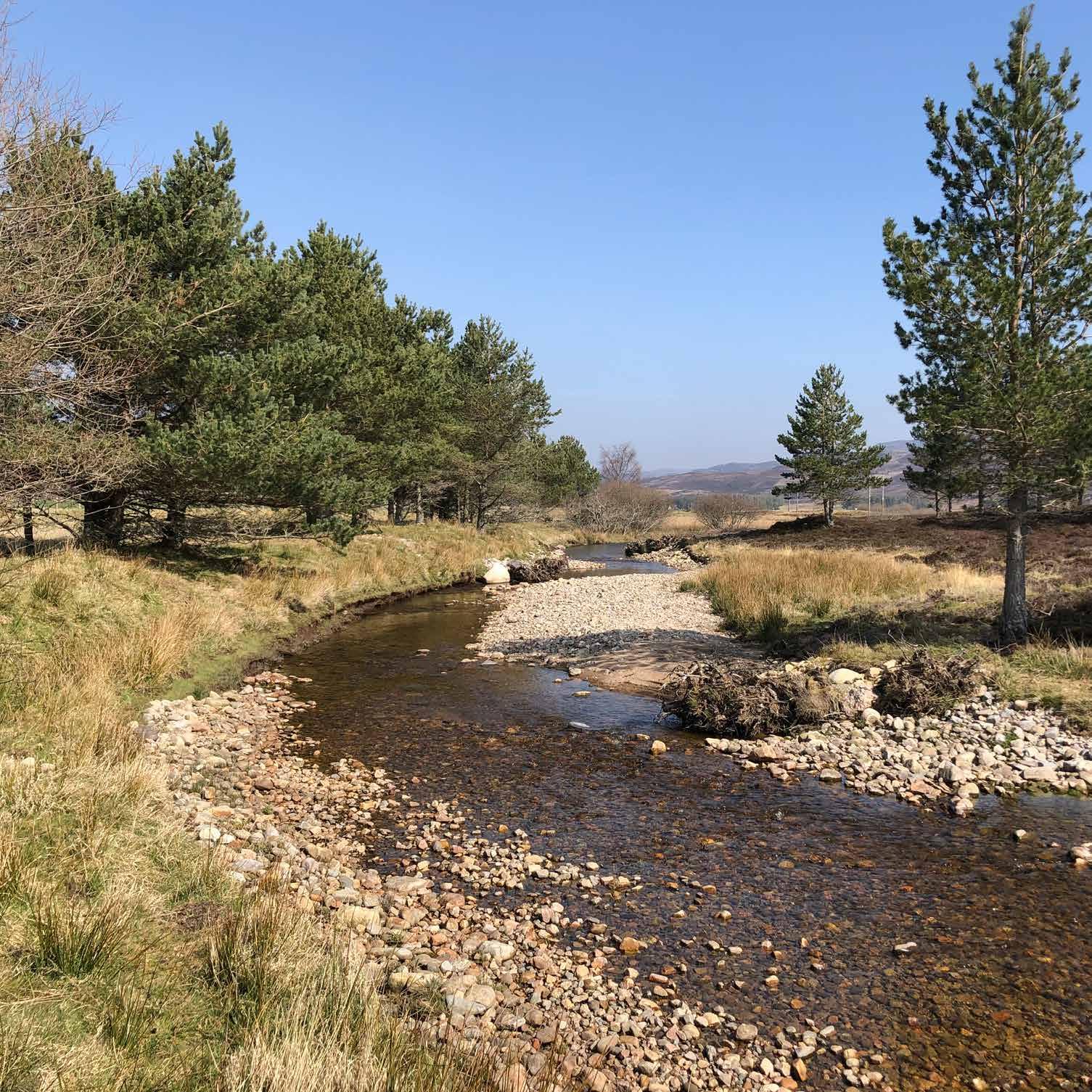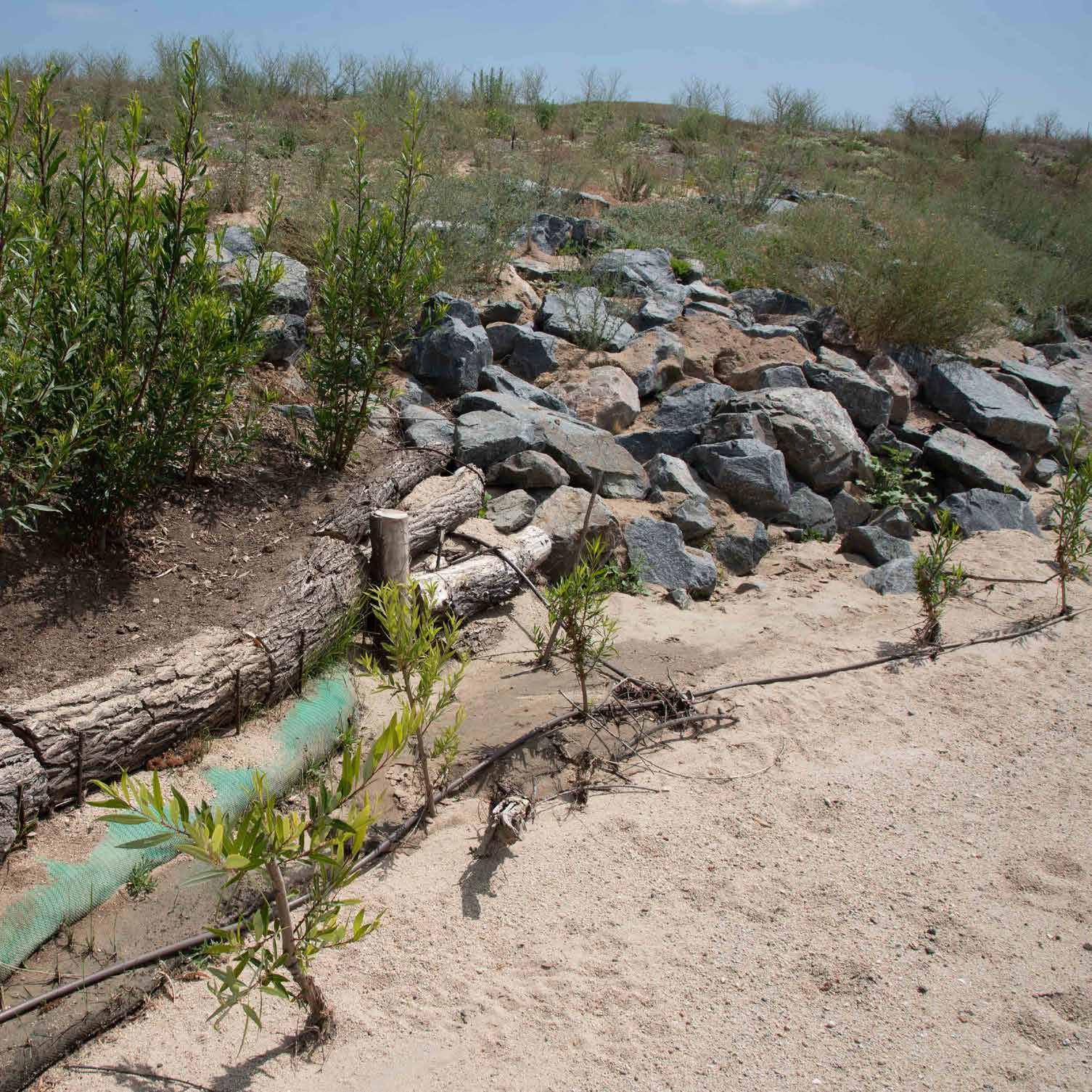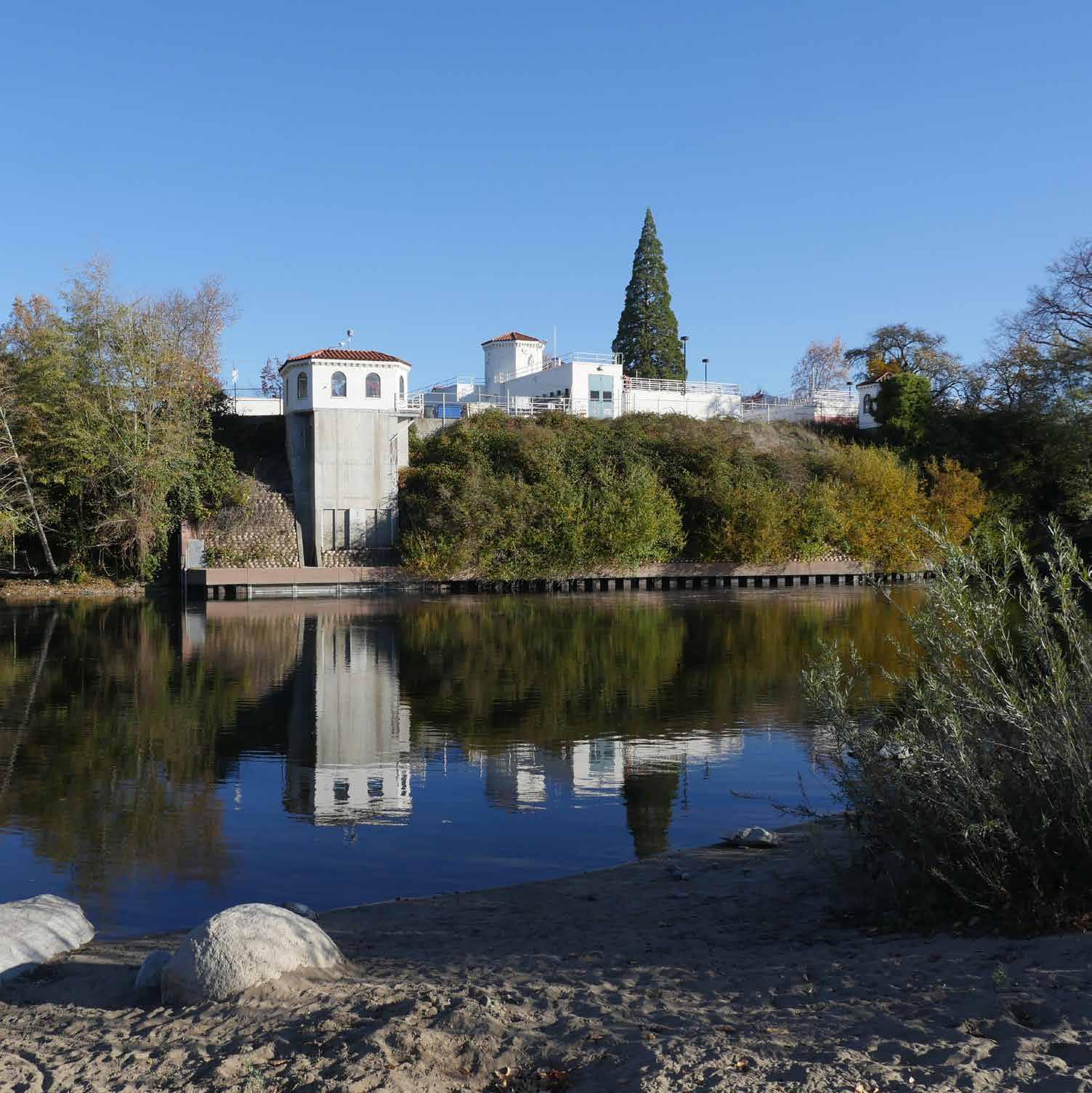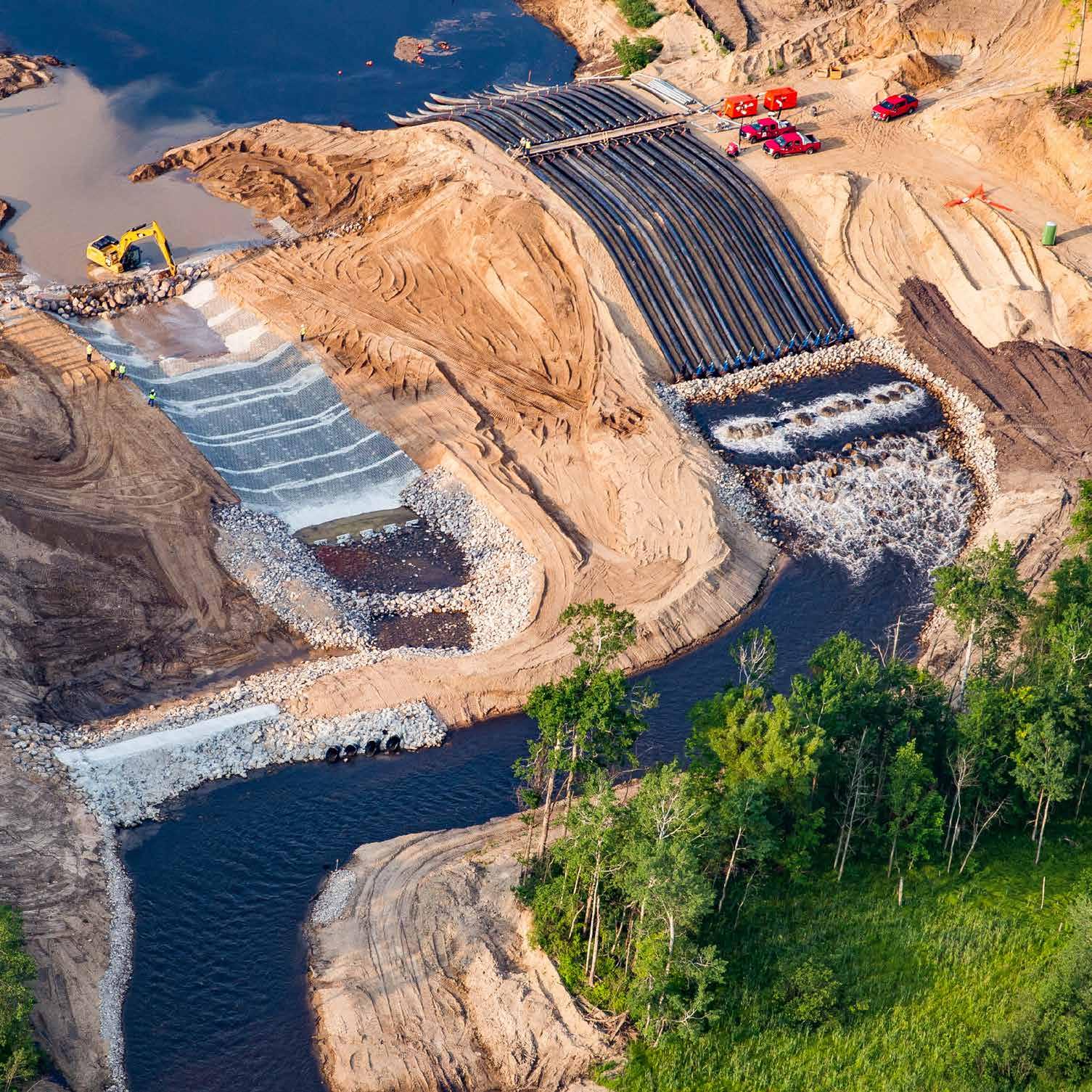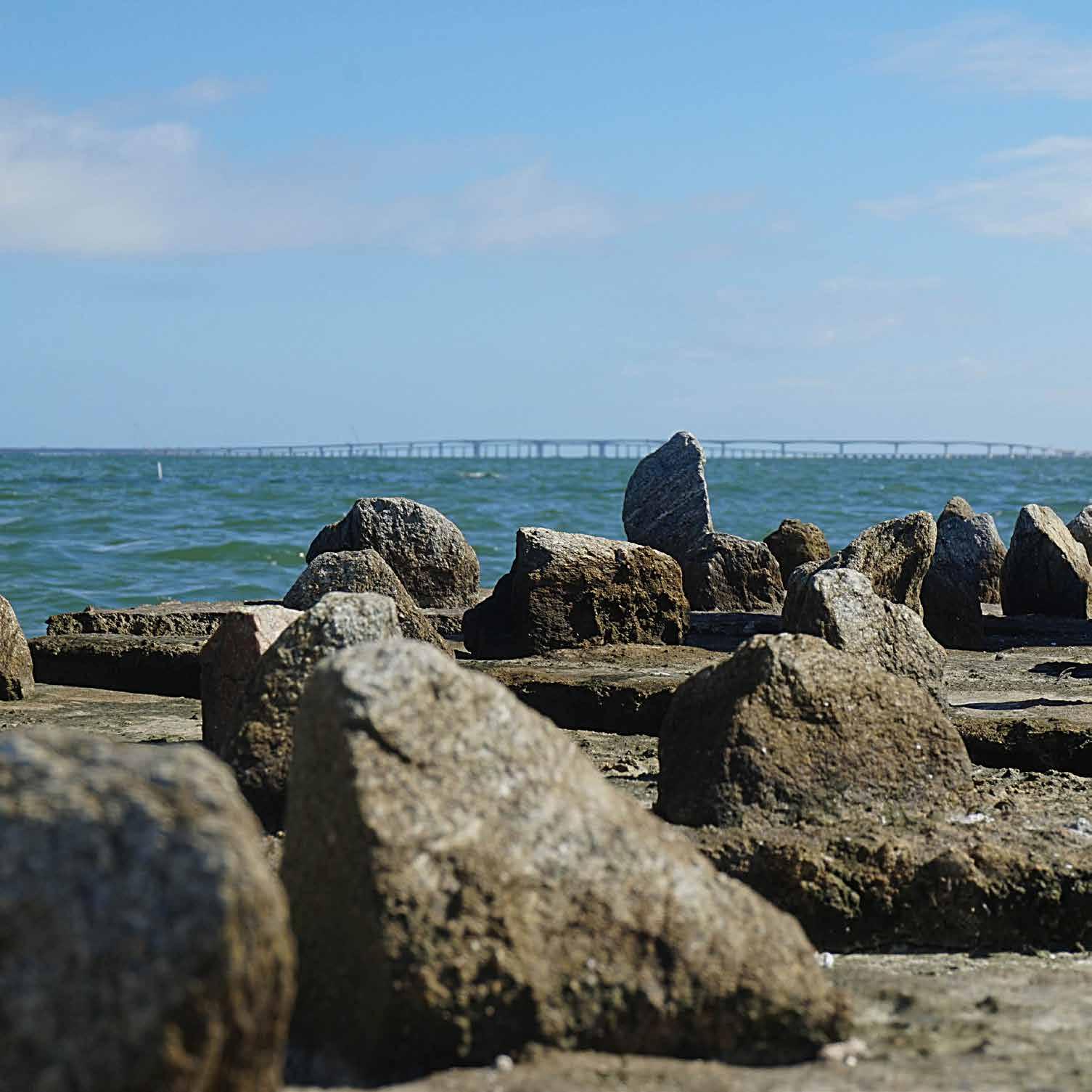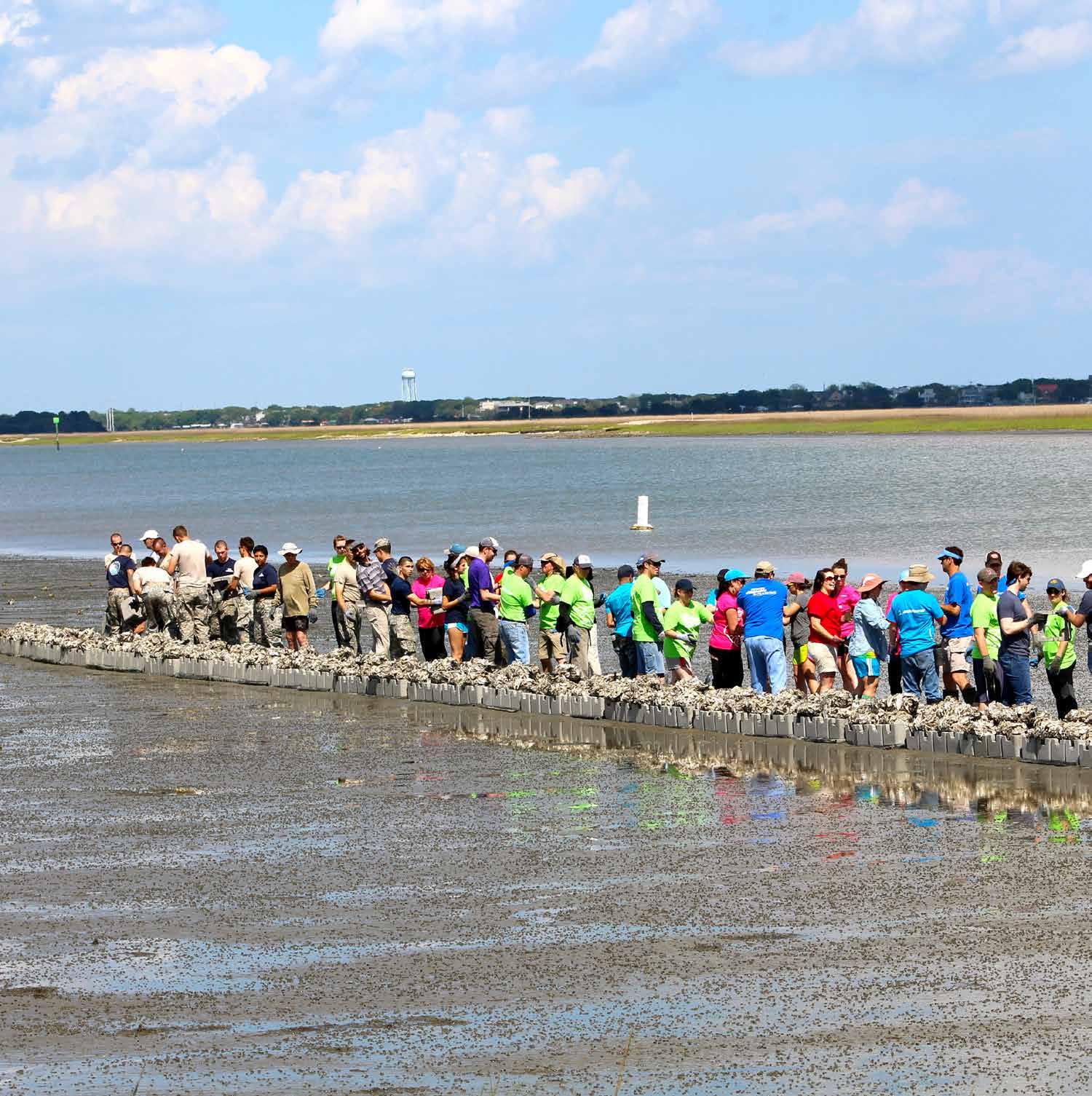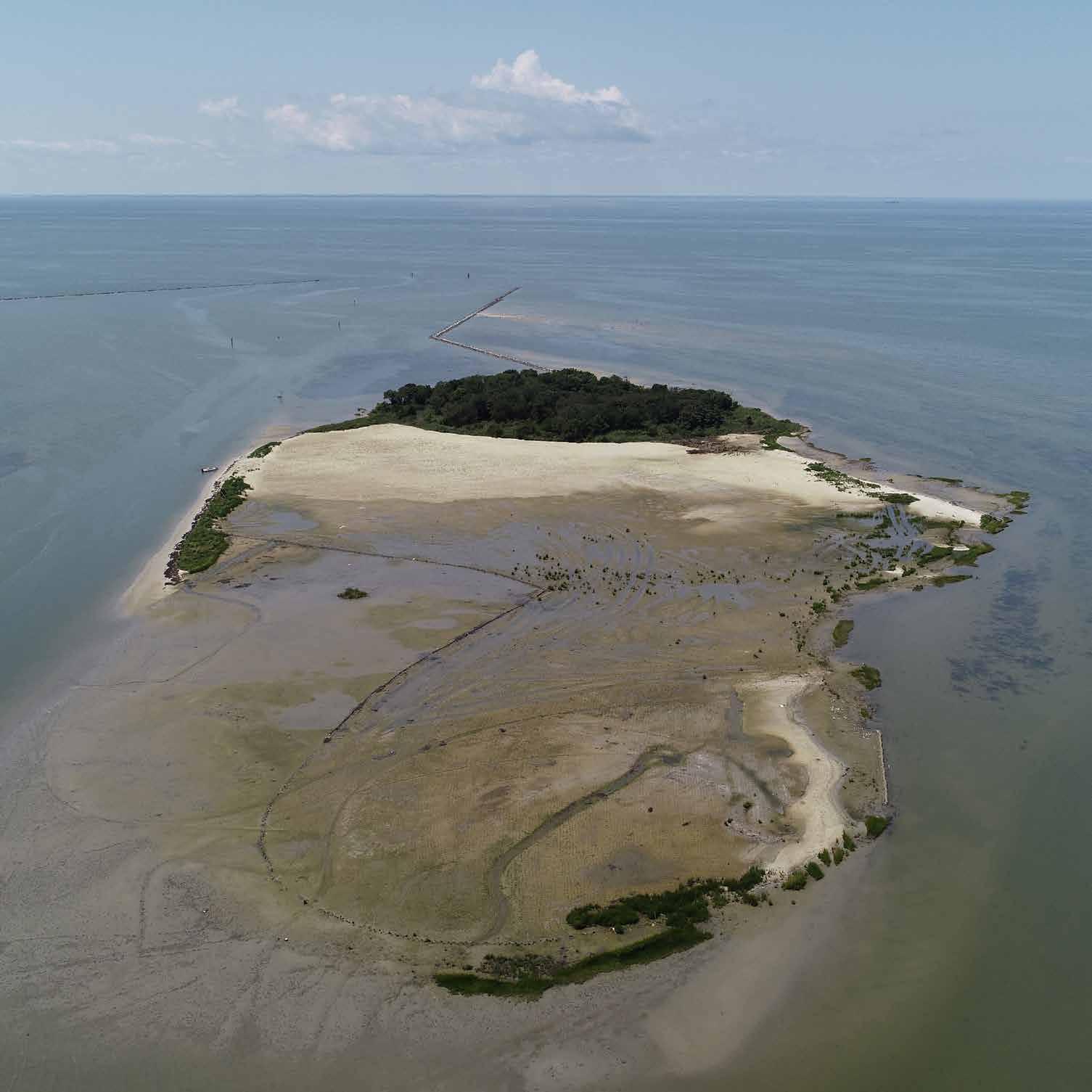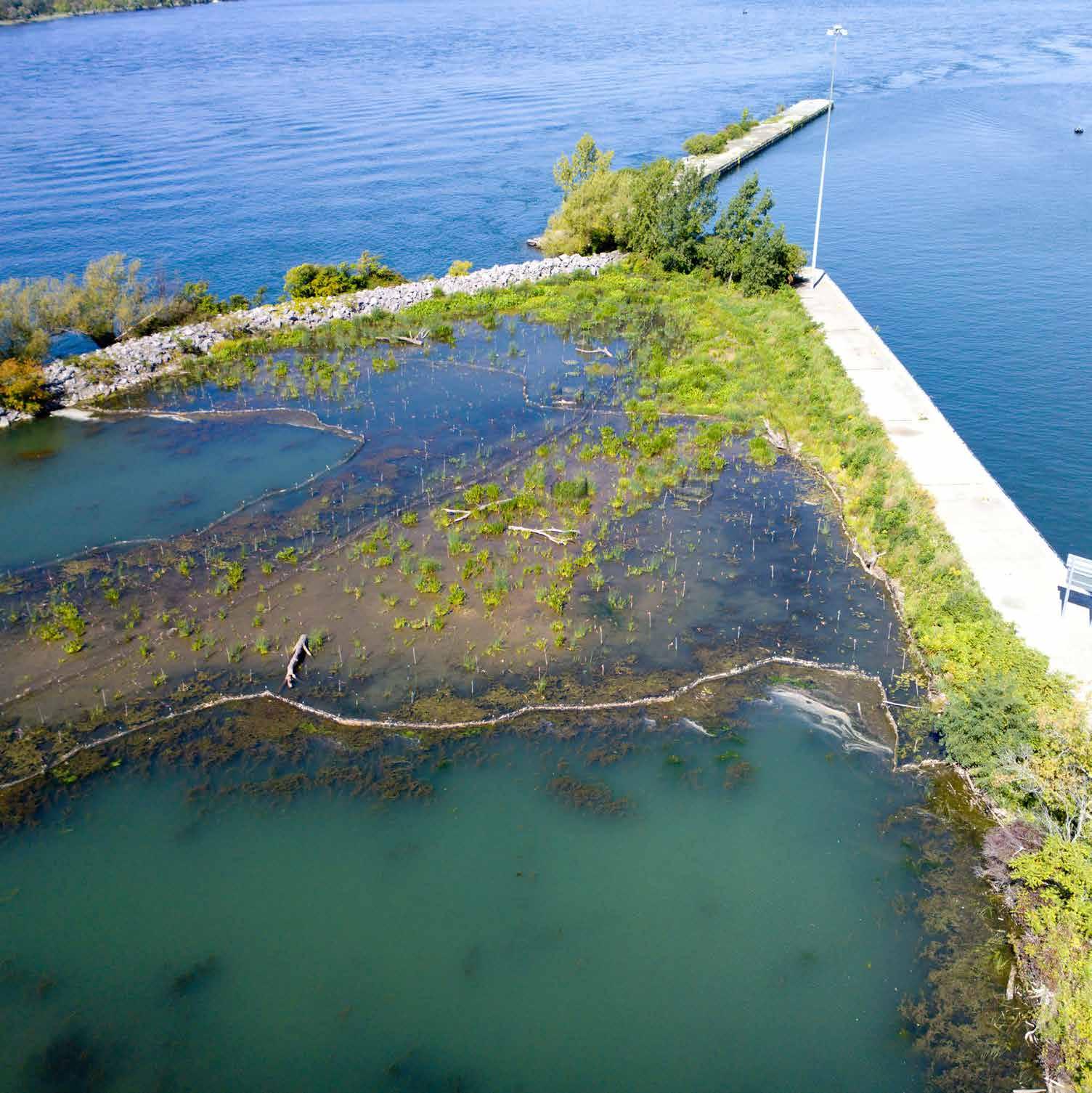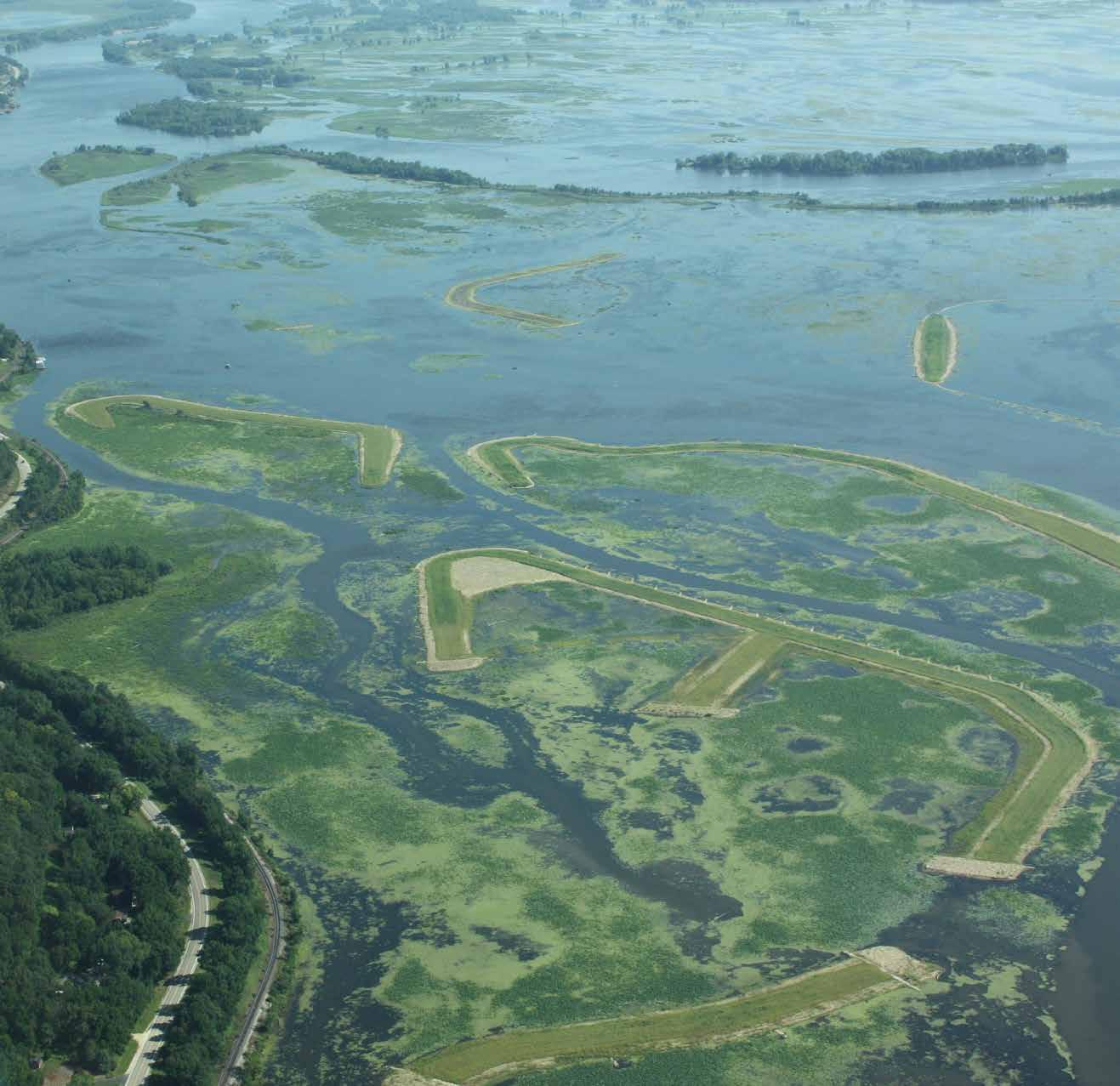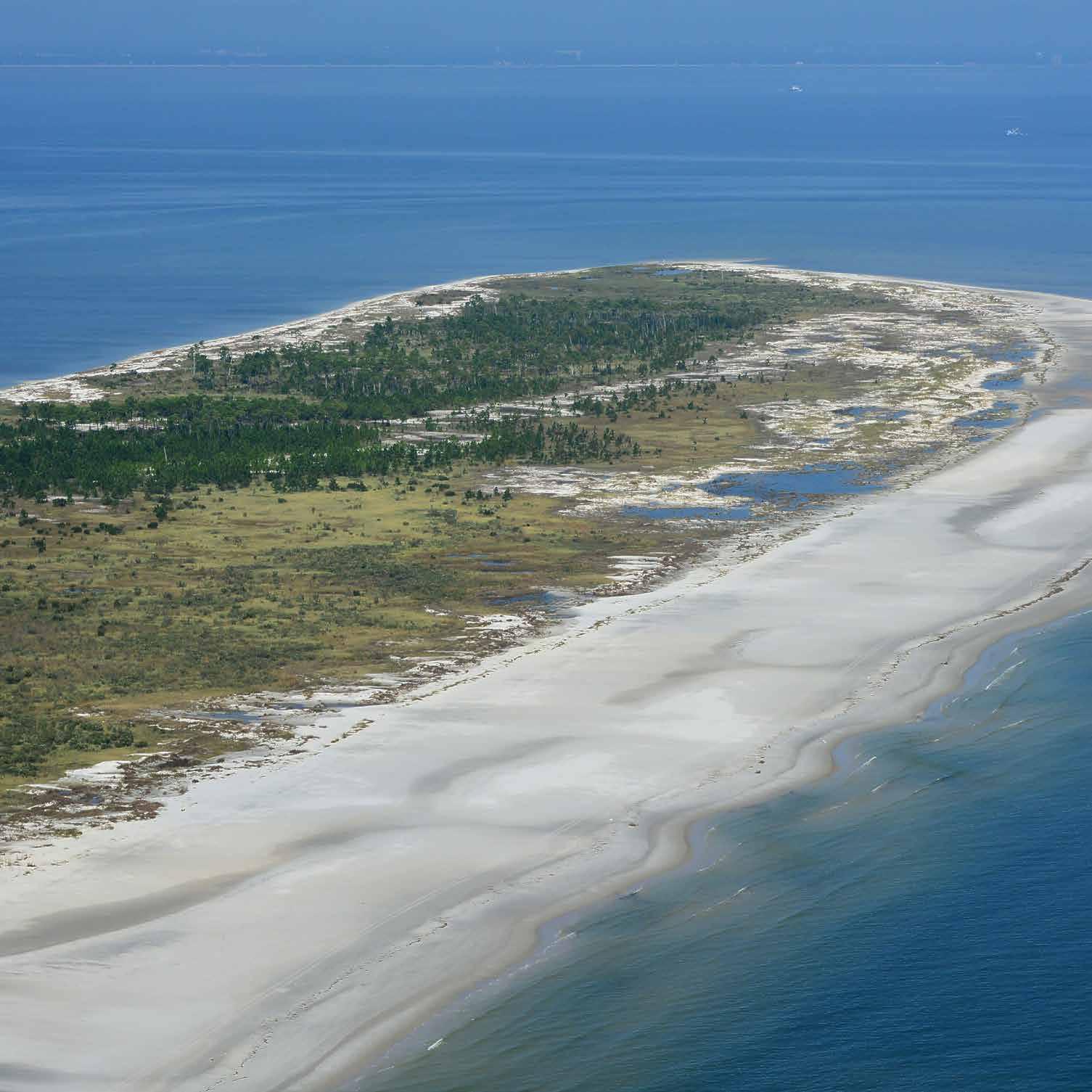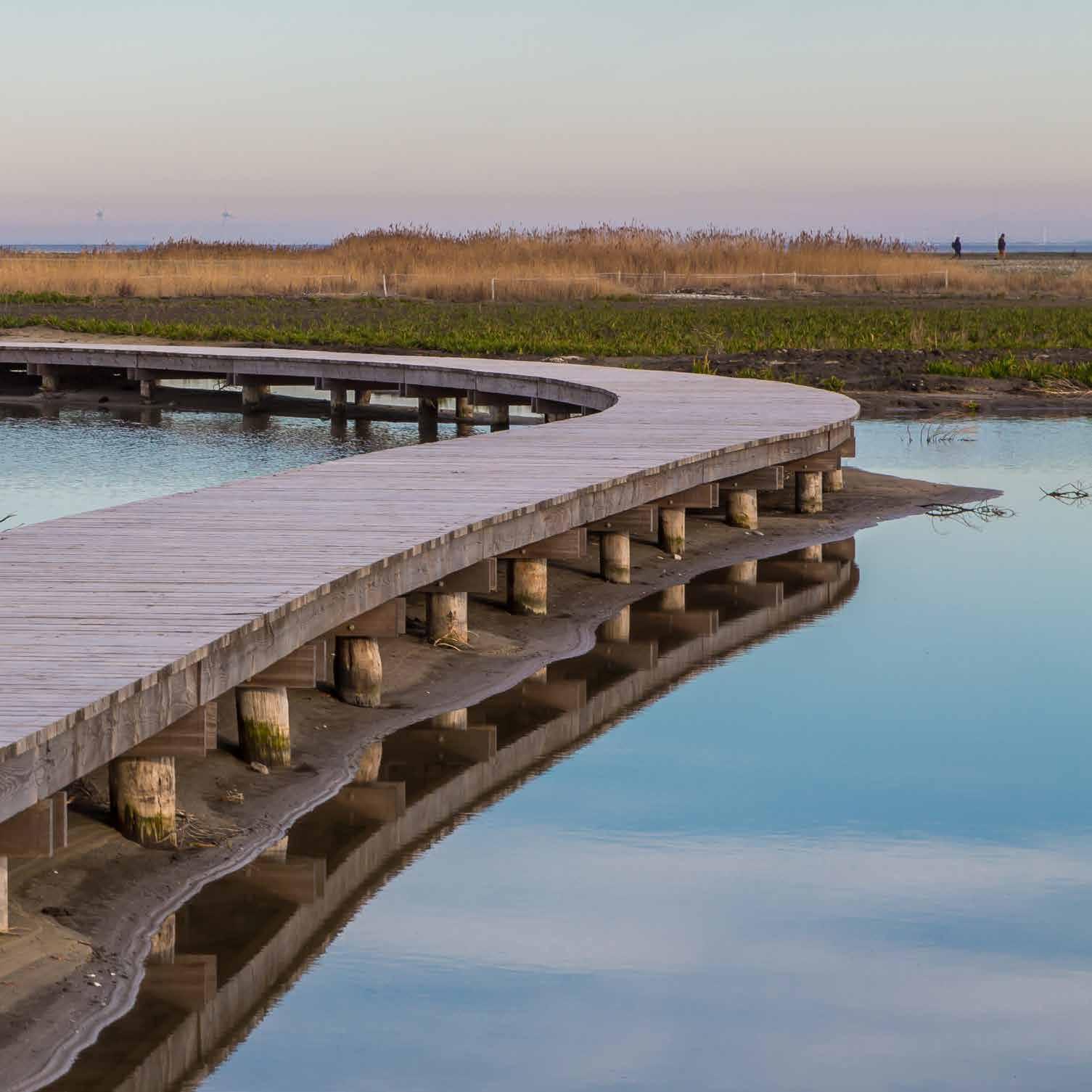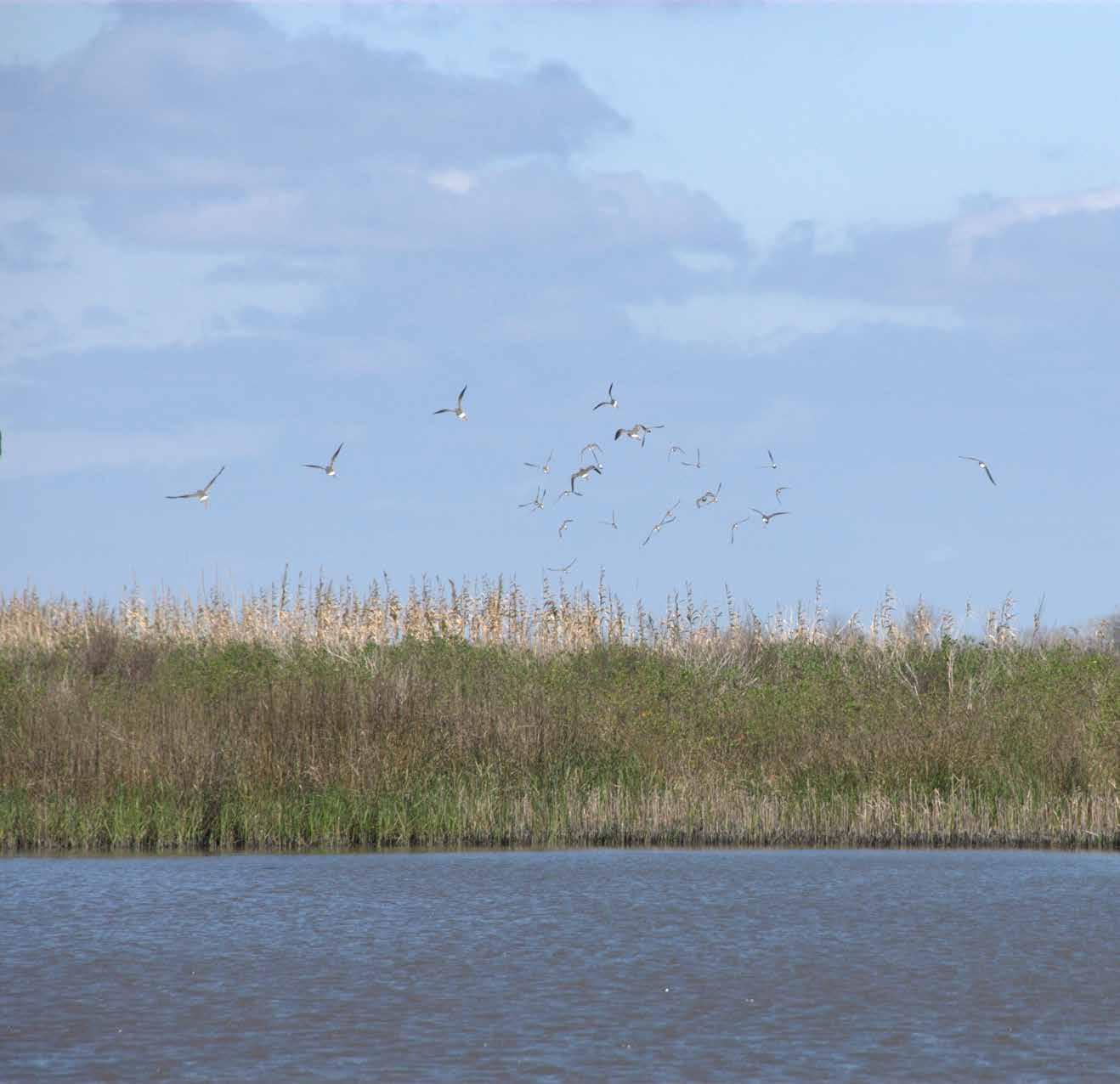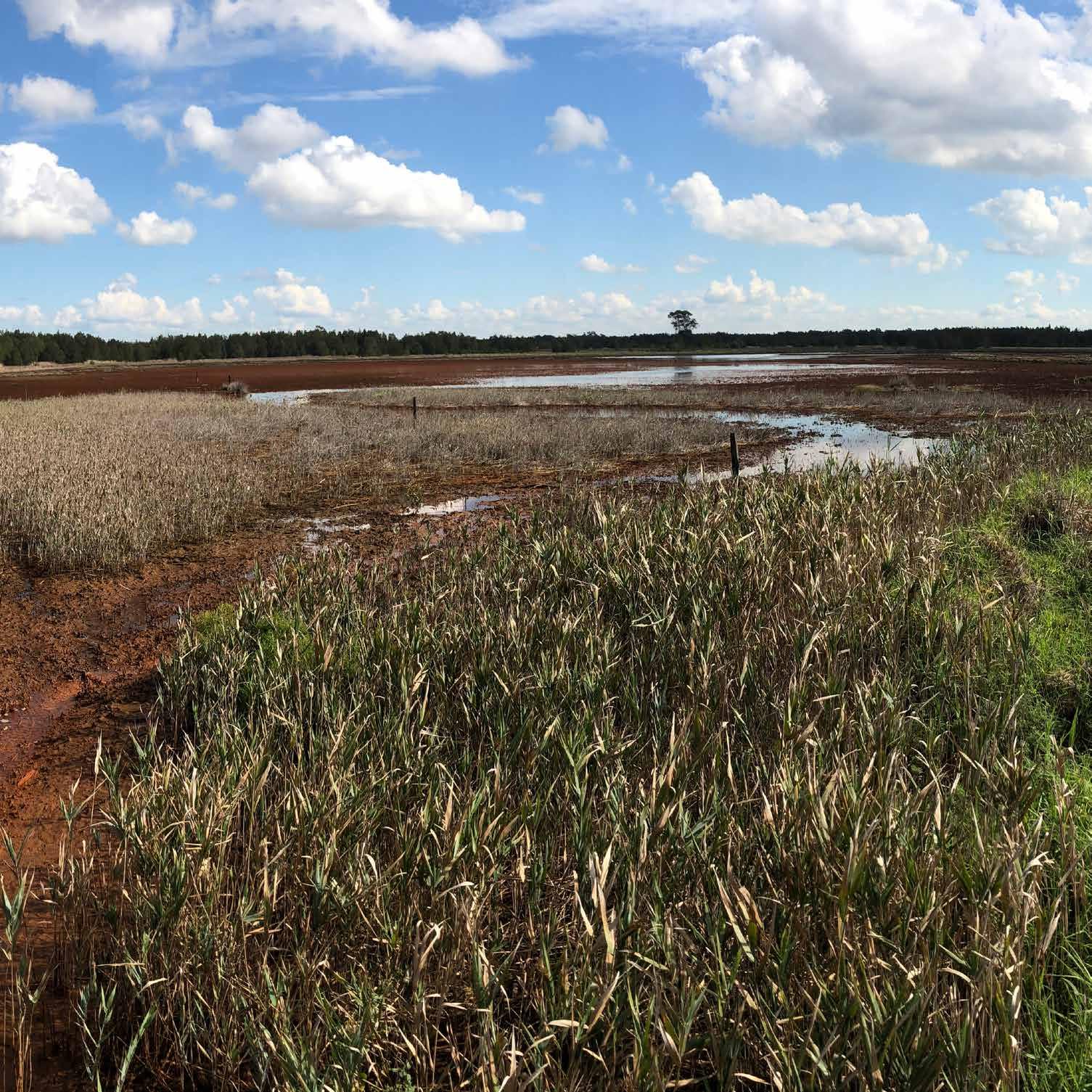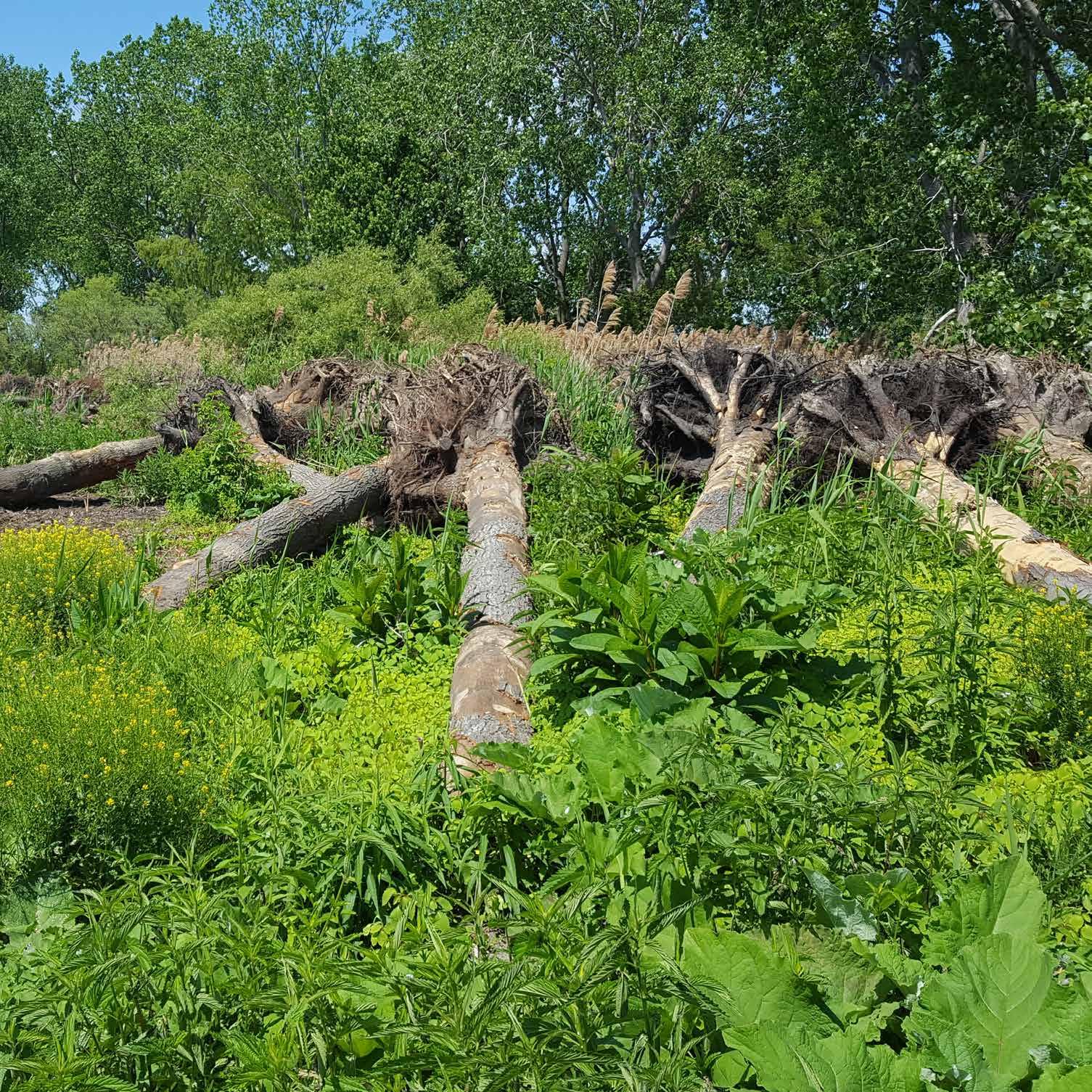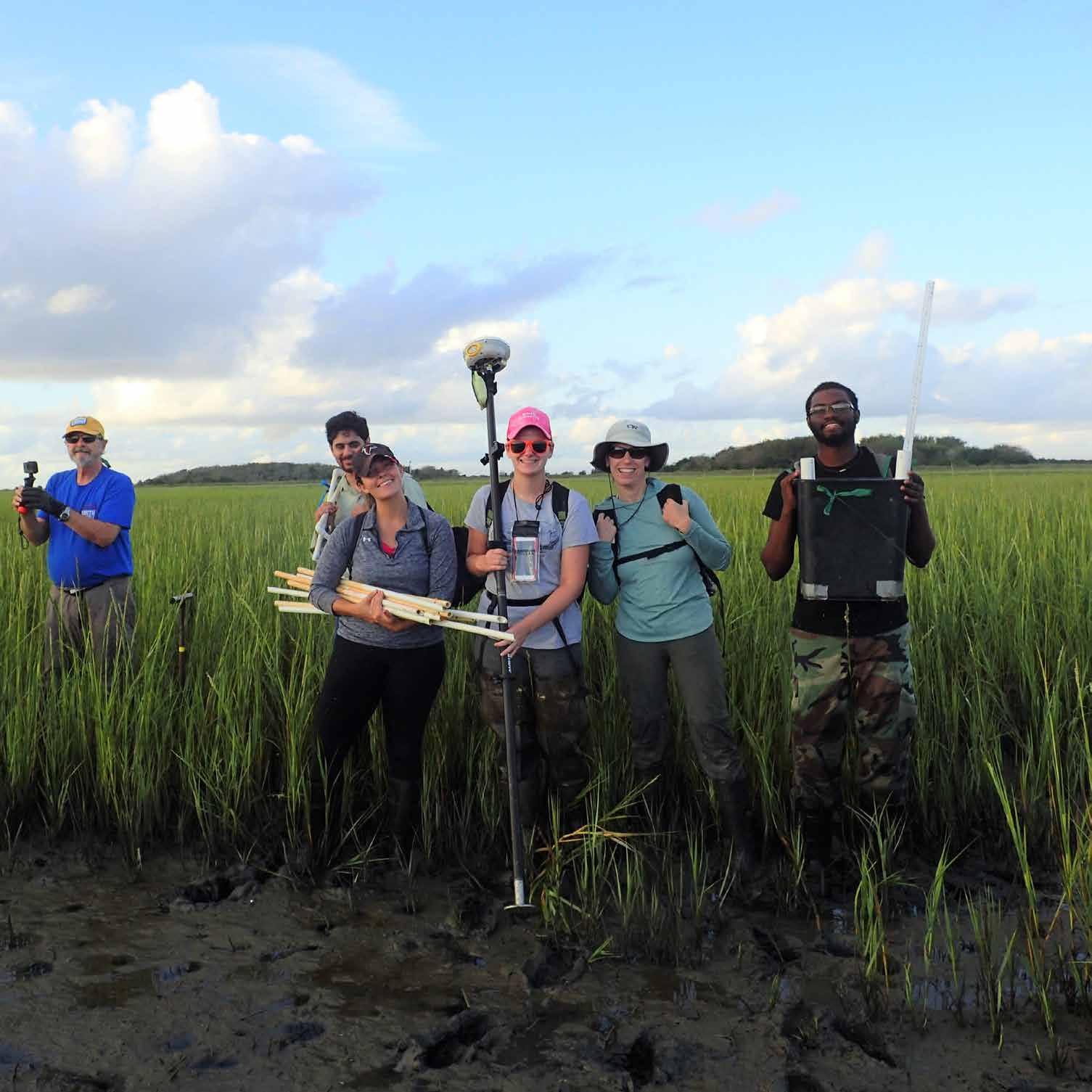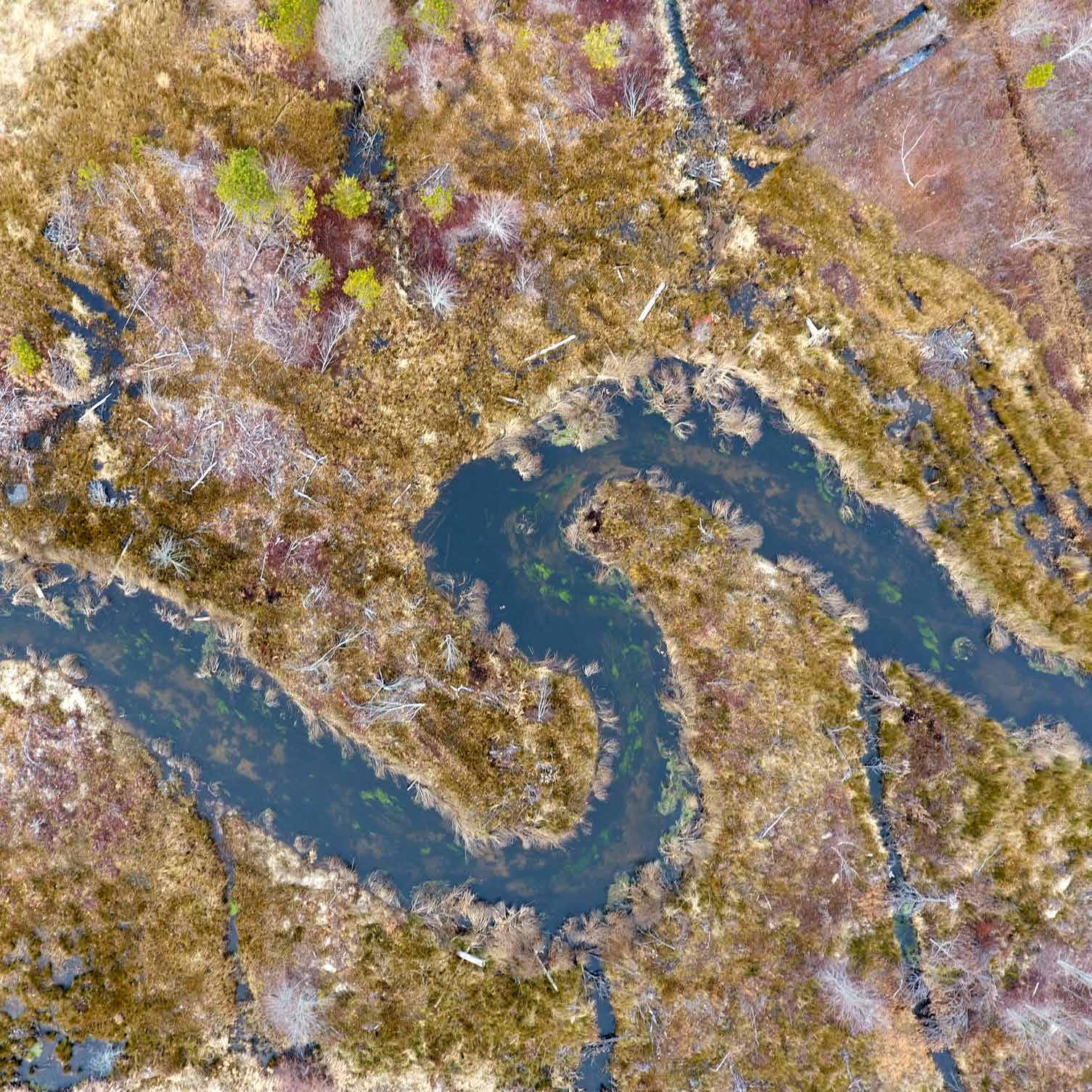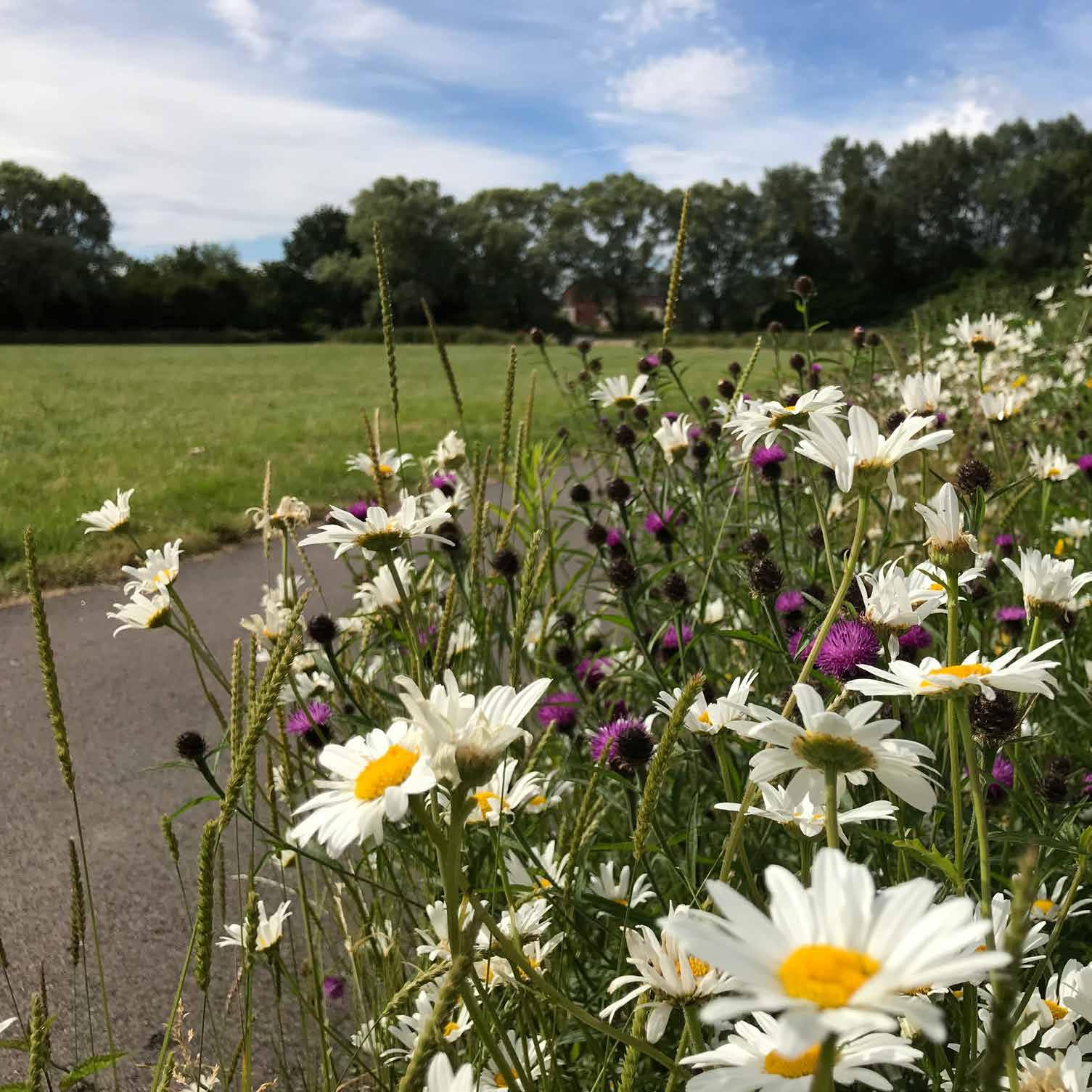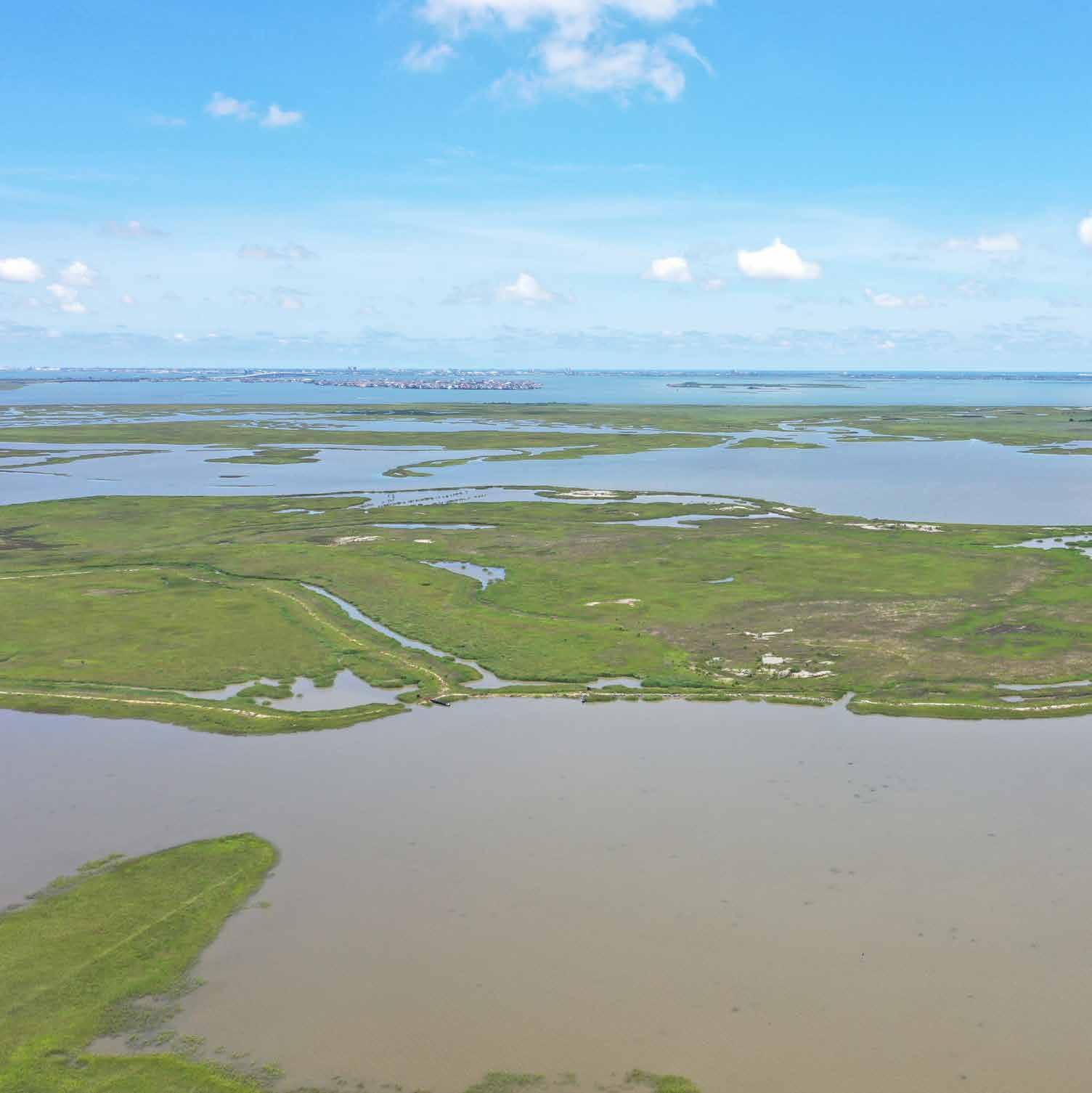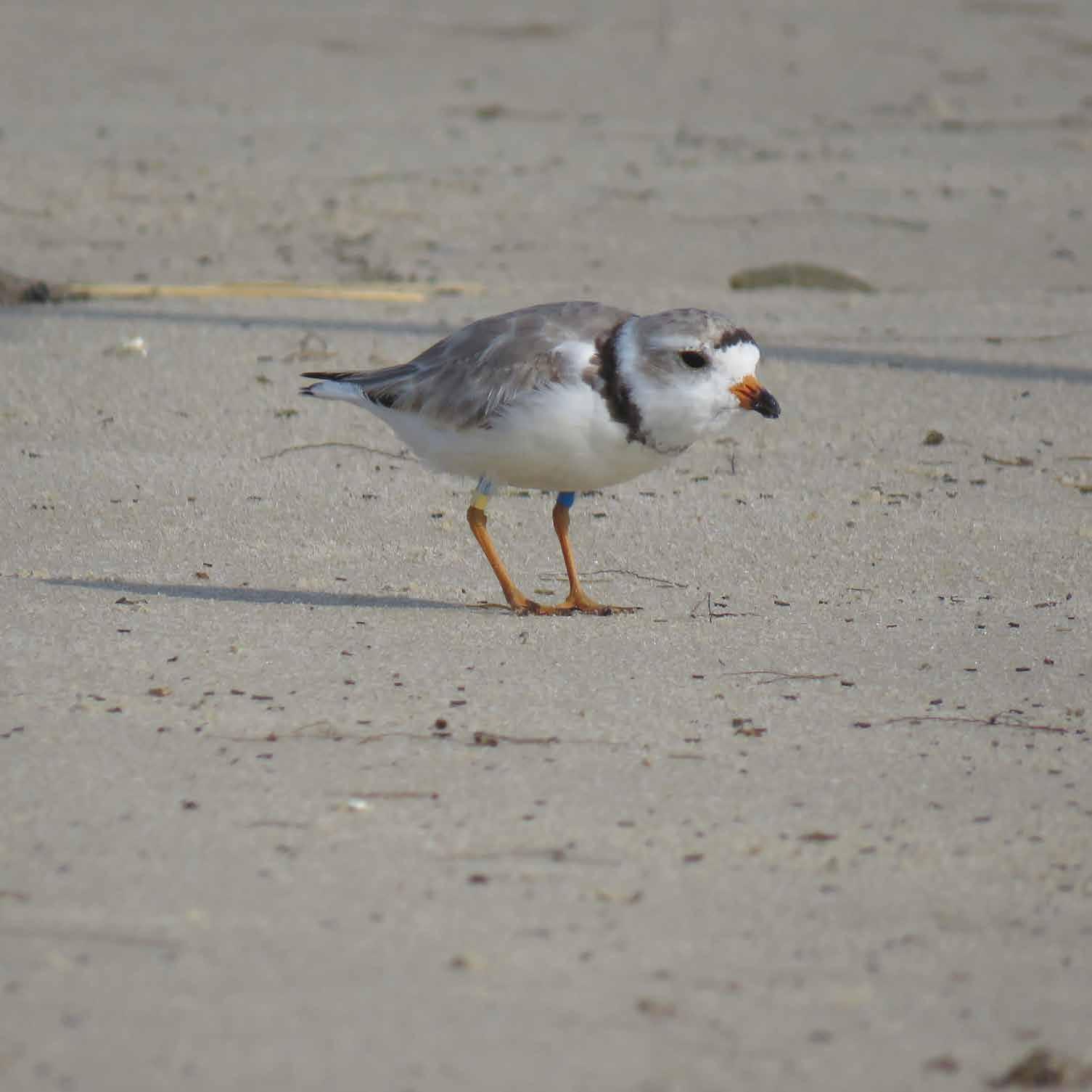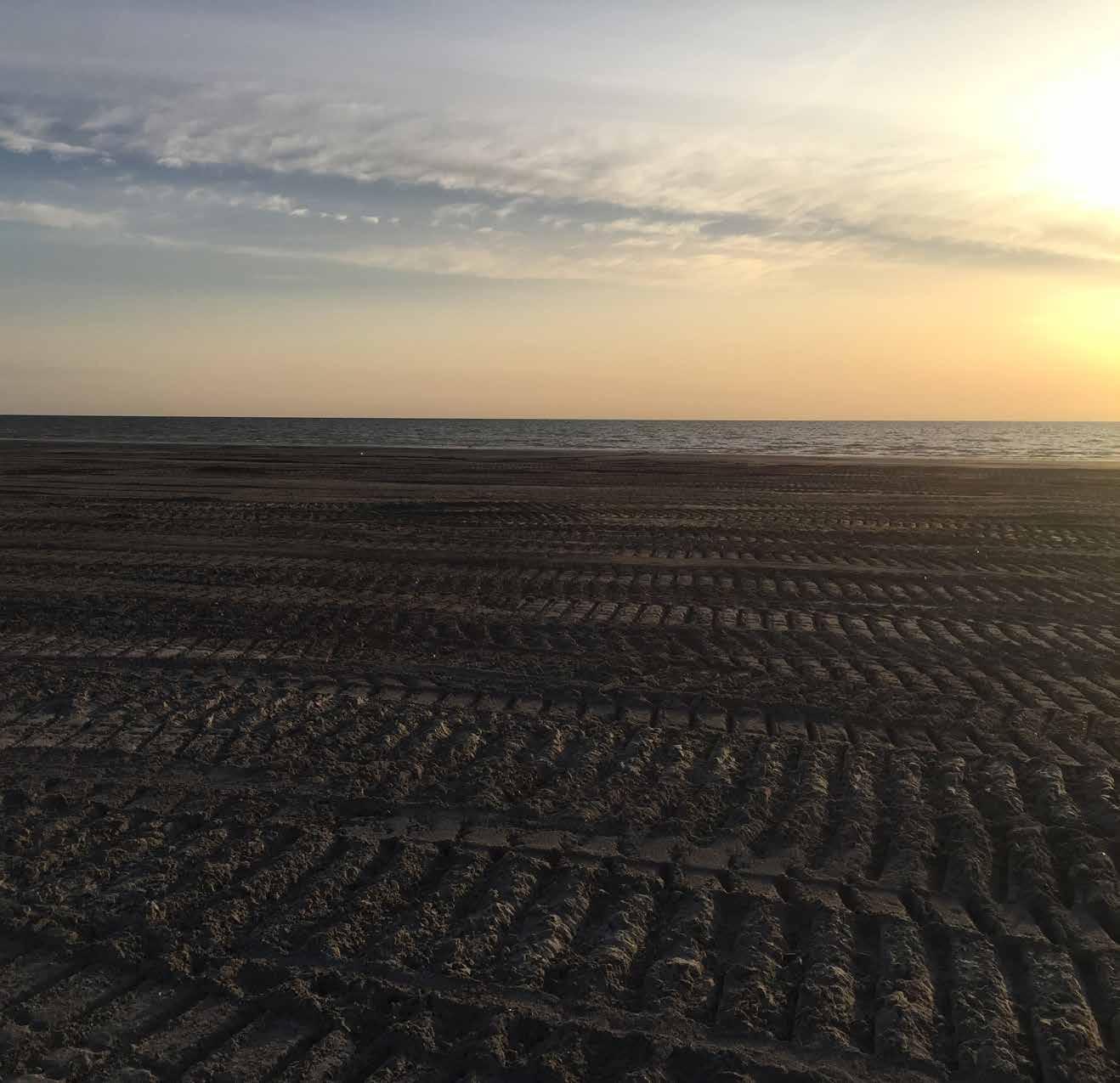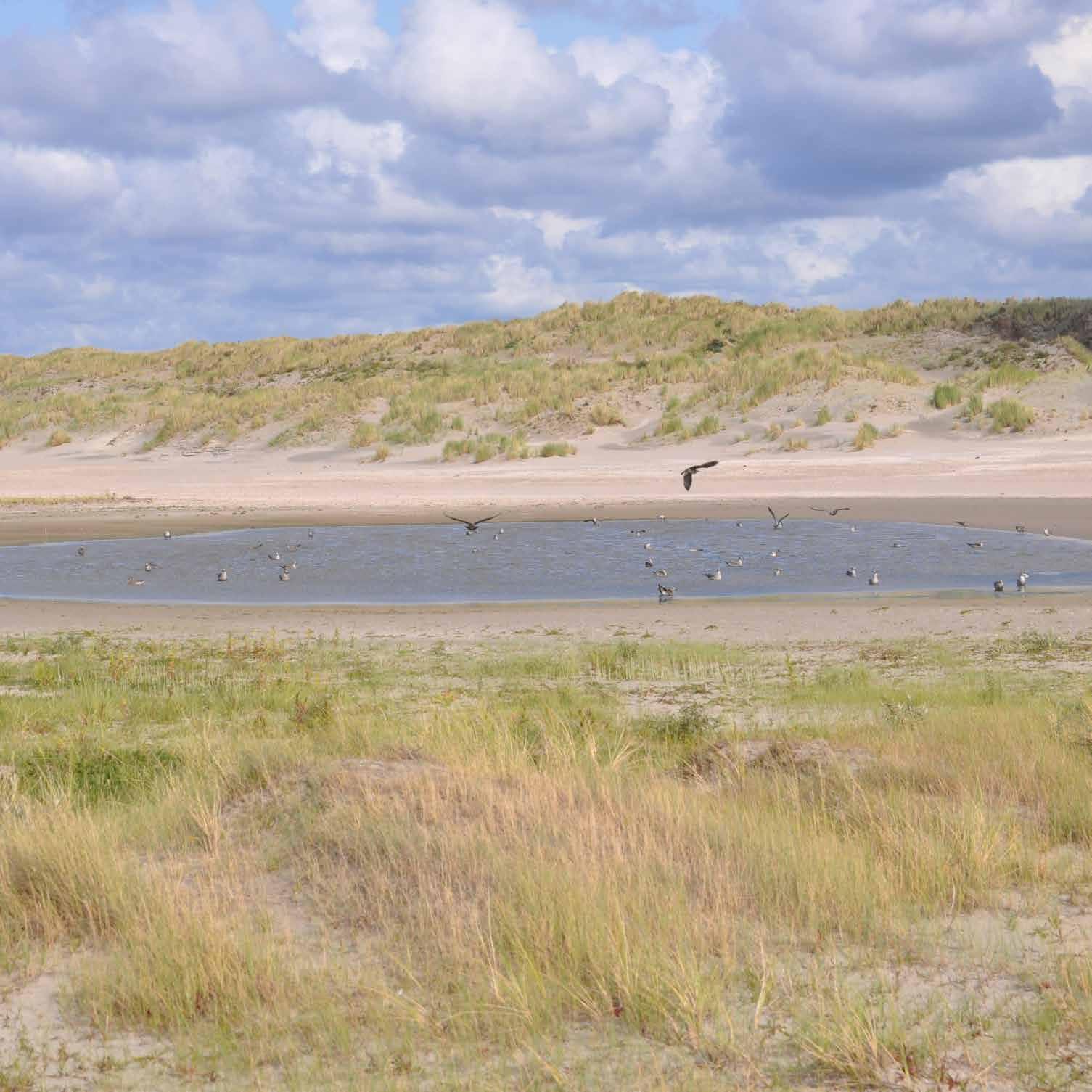Drake Wilson Island Wetlands
Apalachicola, Florida, United States
Pioneering the beneficial use of dredged sediment for more than 40 years. In 1976, the U.S. Army Corps of Engineers–Mobile District established a 5-hectare marsh on Drake Wilson Island off the coast of Florida in the Gulf of Mexico, one of the earliest dredged sediment habitat improvement projects in the U.S. The created marsh provided a valuable habitat and prevented erosion into the adjacent navigation channel in an area subject to long wind fetches and strong currents. Previously an unmanaged, lowhabitat-value, dredged sediment placement site composed of sandy dredged sediment deposits, the island has since become a thriving marsh habitat for native wildlife. The project team constructed the marsh in two phases using hydraulically pumped material derived from the adjacent navigation channel; and by 1982, the native plantings placed during construction completely covered the island. Meanwhile, as planned, natural events breached the dike in several places, providing intertidal flow. The most recent series of observations, in 2019, documented several diverse habitats on the island: natural sand deposits, pine woodlands, and high-quality marsh habitat. The island now provides forage and nesting sites for a variety of species, including least terns, clapper rail, willet, great blue heron, marsh wren, boat-tailed grackle, bald eagles, brown-headed nuthatches, and osprey.
60














